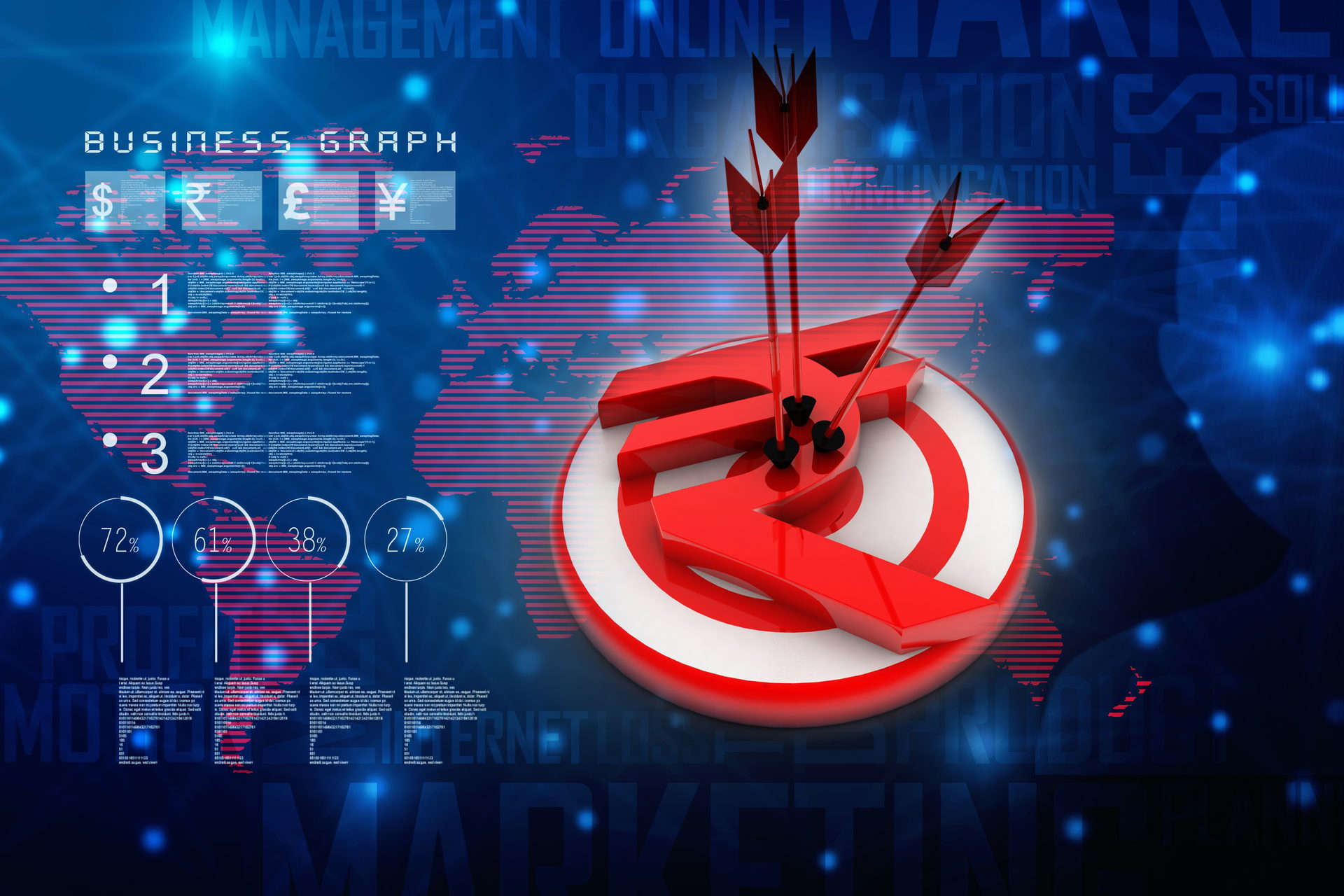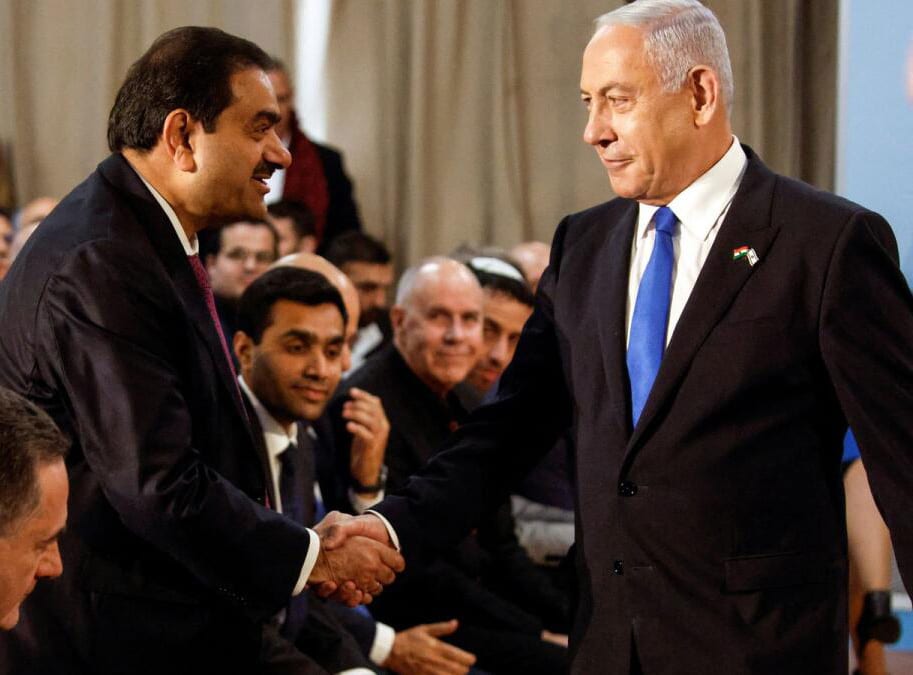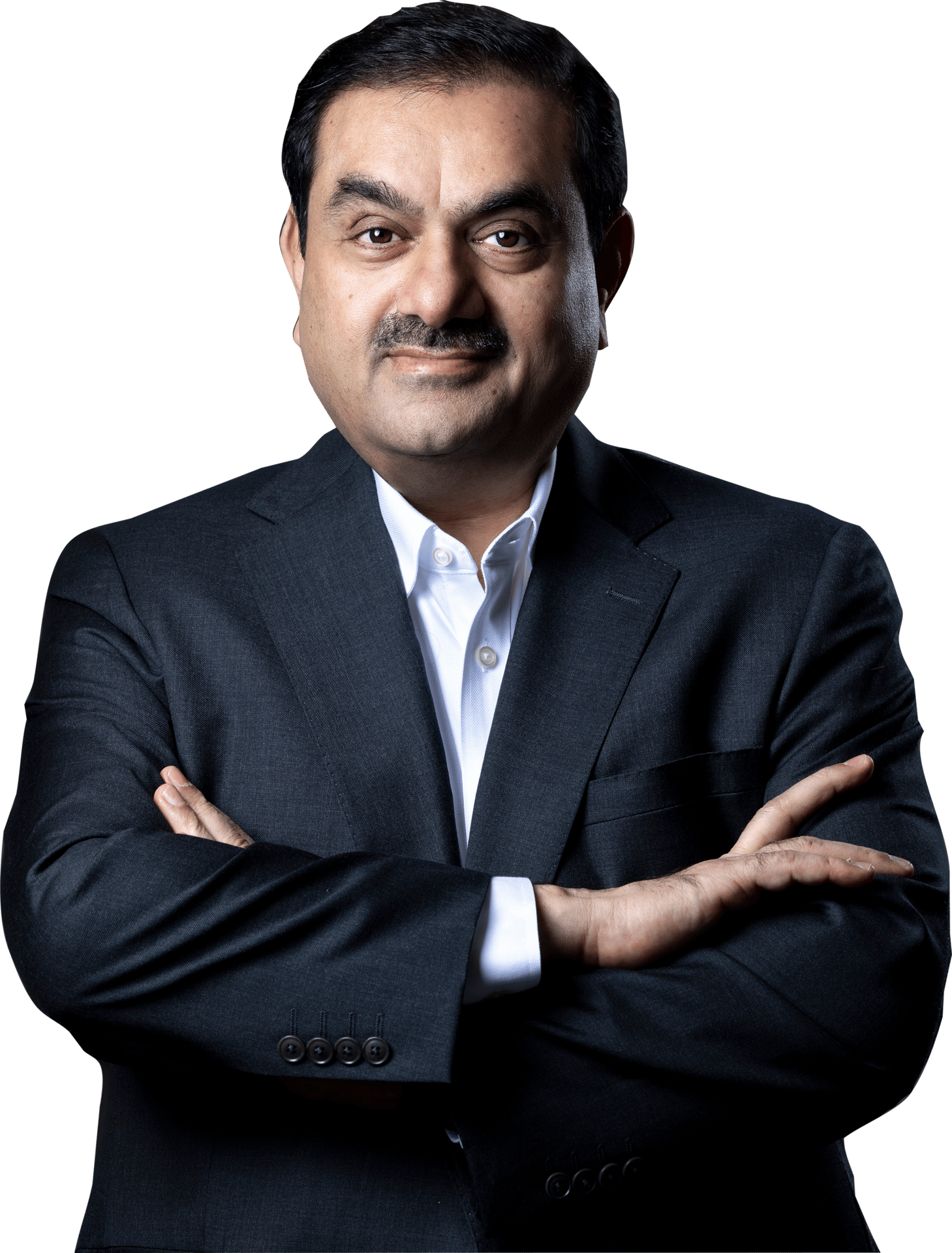
the face of resilience
The Adani Group has demonstrated time and again that it is India’s most resilient business organisation.
editor's note
Issue 1 | April 2023

“We believe that a-connect
is an important addition to our communication
channels.”
We are thrilled to introduce the first edition of a-connect, our new monthly inhouse magazine. This magazine is designed to provide you with insights, inspiration, and information that will help you succeed in your professional and personal lives.
In this first edition, we focus on the theme of resilience. We explore the importance of resilience in the face of adversity, and how it can help us to overcome challenges and keep growing.
Our cover story looks at why Adani’s resilience is unmatched. We have a range of other articles that we hope will be of interest to you. We have also covered topics of corporate interest such as digital transformation, leadership, and innovation, as well as profiles of some of our team members and the work they are doing.
We believe that a-connect is an important addition to our communication channels. It will provide us a platform to share our experiences, insights, and expertise with each other, and to stay informed about the latest trends and developments both in our company and in the sectors we work.
We hope that you enjoy this first edition of a-connect, and that it inspires you to think differently, take action, and continue to grow and develop in your roles.
Editorial Board
Aman Kumar Singh
Angshu Mallick
Anil Sardana
Arun Bansal
Jackbastian Nazareth
Nitin Sethi
Sachin Nandgaonkar
Shishir Priyadarshi
Vasant Gadhavi
Vinay Prakash
Contributors
Arpita Vadgama
Arivarasu Selvaraj
Dipika Rathi
Dushyant Joshi
Juhi Chakraborty
Mehul Dave
Rupam Singh Gupta
Satyavratsinh Jadeja
Shreya Iyer
Vedika Hardikar
Platform Design
Hiren Mistry
Editor
Abhinav Sharma
Publisher
Bobby Nair
a-connect Magazine
9F, Adani Corporate House,
Adani Shantigram,
Ahmedabad 382421
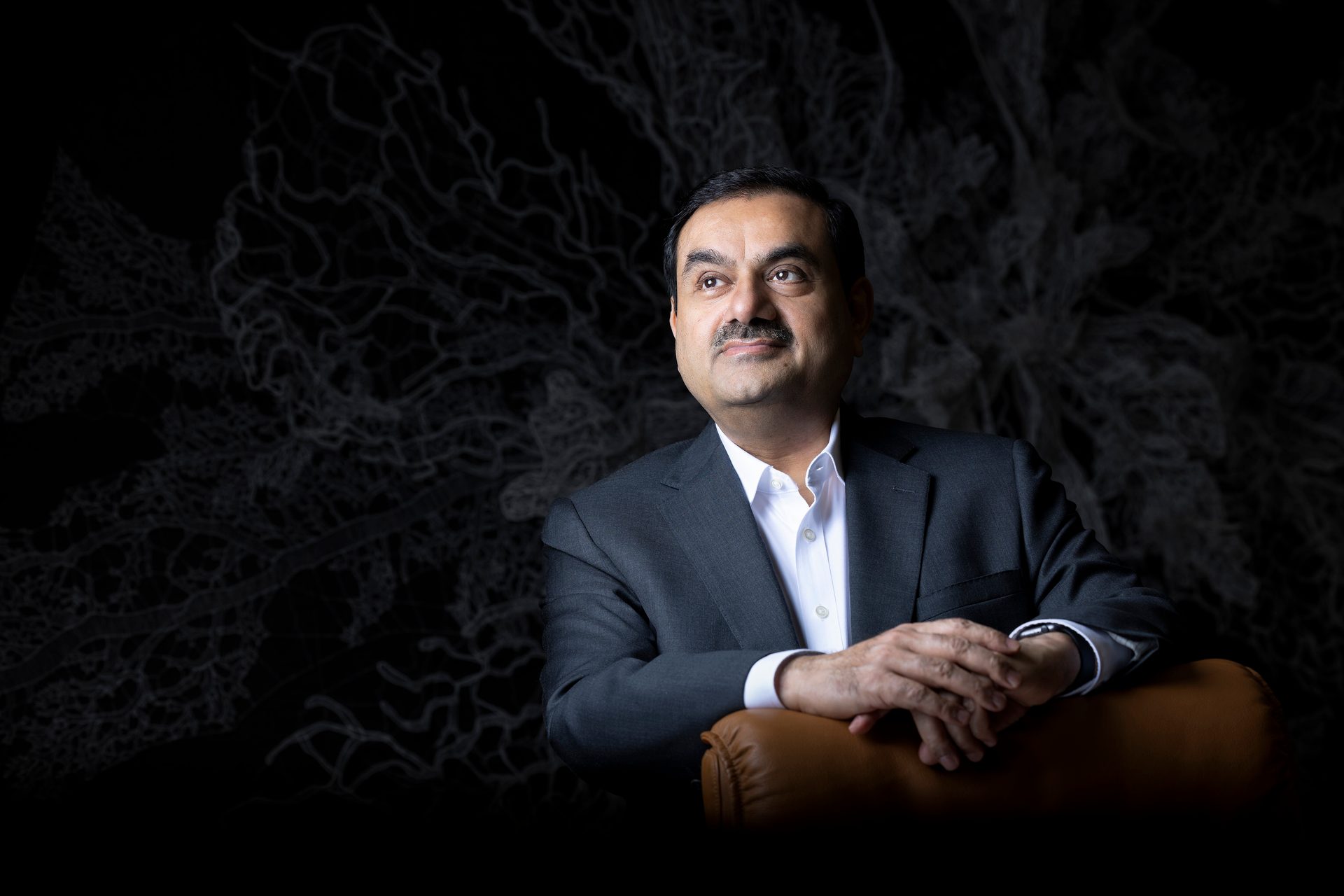
from the chairman
Dear friends,
I am delighted to present the first issue of a-connect, our new inhouse magazine. This e-magazine has been launched to provide you with an insider’s view of our organization, our various businesses and our wonderful people -- and keep you informed, engaged and inspired.
I believe that our employees are our biggest asset, and it is your hard work, dedication, and commitment that has helped us achieve the success we enjoy today. Through this magazine, we want to celebrate the amazing work all of you do every day and share your stories with each and every one in our family of employees.
At the heart of our organization are our values of Courage, Trust, and Commitment. These values have guided us through the most challenging times and have helped us emerge stronger than ever before. I believe these values will continue to be the driving force behind our success and will shape our future.
Courage is the foundation of our company. We take bold risks, we challenge the status quo, and we are not afraid to make tough decisions. We believe that without courage, there can be no progress, no innovation, and no growth.
Trust is the glue that holds us together. We trust each other to do the right thing, to be accountable for our actions, and to work together towards a common goal. We believe that trust is earned through honesty, integrity, and transparency.
Commitment is our promise to our partners, our customers and ourselves. It is the key to building long-term relationships and achieving sustained success. We are committed to building the best and to continuously improve our performance.
I encourage you to read a-connect, share your feedback, and contribute your own stories and perspectives. This magazine is a great platform to help us build a stronger, more connected family. Together, we can make this magazine a true reflection of who we are and what we stand for.
I look forward to continuing the Adani growth story with all of you.
Best regards,
Gautam Adani
CONTENTS
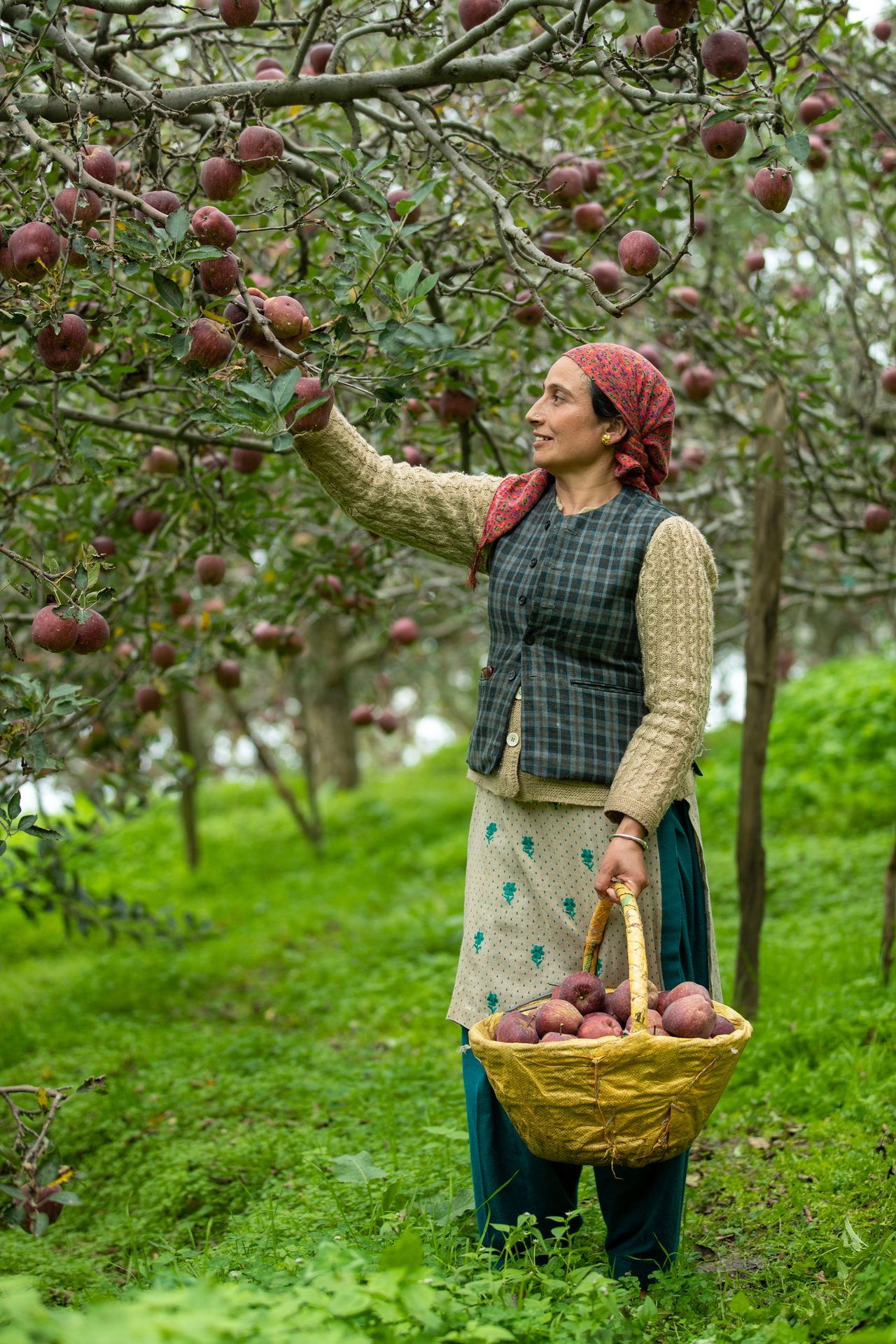
Newsmakers
Adani Agri Fresh
Empowering the Apple Growers of Himachal Pradesh
Nature’s
fresh bounty
Arpita Vadgama
Over the past 17 years, Adani Agri Fresh Ltd (AAFL), a wholly-owned subsidiary of Adani Enterprises, has played a pivotal role in revolutionizing the apple industry in Himachal Pradesh. By establishing an integrated infrastructure for storage, handling, and transportation, Adani Agri Fresh has transformed the market for Himachal apples, making them available throughout the year.
Controlled Atmosphere Storage Facilities
Since its inception in 2006, Adani Agri Fresh has set up modern Controlled Atmosphere Storage facilities at three locations in the Shimla District: Rewali, Sainj and Rohru. With a total capacity of 22,400 MT, these facilities have benefited 17,000 growers across 700 villages, ensuring a consistent supply of apples all year round.
Innovations in Post-Harvest Management
To minimize losses and maximize returns for growers, Adani Agri Fresh introduced several post-harvest management practices. These include reusable crates that minimize damage to the produce and have a longer lifespan than traditional packaging, as well as sorting and grading of apples based on international standards. State-of-the-art machinery from the world’s most advanced companies rapidly scans each apple, ensuring that farmers receive the best possible price for their produce.
Supporting Apple Growers
Through Adani Agri Fresh, the Adani Group has also shown a strong commitment to developing the apple ecosystem in Himachal Pradesh. The Group’s unique initiatives include:
- Creating model farms in collaboration with Bayer Crop Science and Syngenta to teach growers the latest global practices for maximizing yield and quality.
- Introducing state-of-the-art anti-hail nets from world-class manufacturers, which have reduced growers’ annual losses from hailing by up to 30% in just two years.
- Establishing soil and leaf testing labs to optimize nutrient input and achieve the best possible crop performance at the lowest cost.
- Building Controlled Atmosphere Technical Research units to test various scenarios and technologies for keeping apples fresh, crunchy, and nutritious for extended periods.
-
Operating an end-to-end cold chain to ensure the quality of the produce that reaches the end customer.
Marketing Network
Adani Agri Fresh’s marketing network spans major towns across India, catering to wholesale, traditional retail, and organized retail chain stores. Under the brand name FARM-PIK, Adani Agri Fresh promotes Indian fruits, varieties, and farmers both domestically and abroad.
Already, through the all-round socio-economic programs of Adani Agri Fresh Limited, the Adani Group has made a lasting and beneficial impact on the apple ecosystem in Himachal Pradesh. With its state-of-the-art infrastructure, innovative post-harvest management practices, and commitment to supporting apple growers, Adani Agri Fresh has transformed the industry and improved the livelihoods of thousands of farmers in the region.

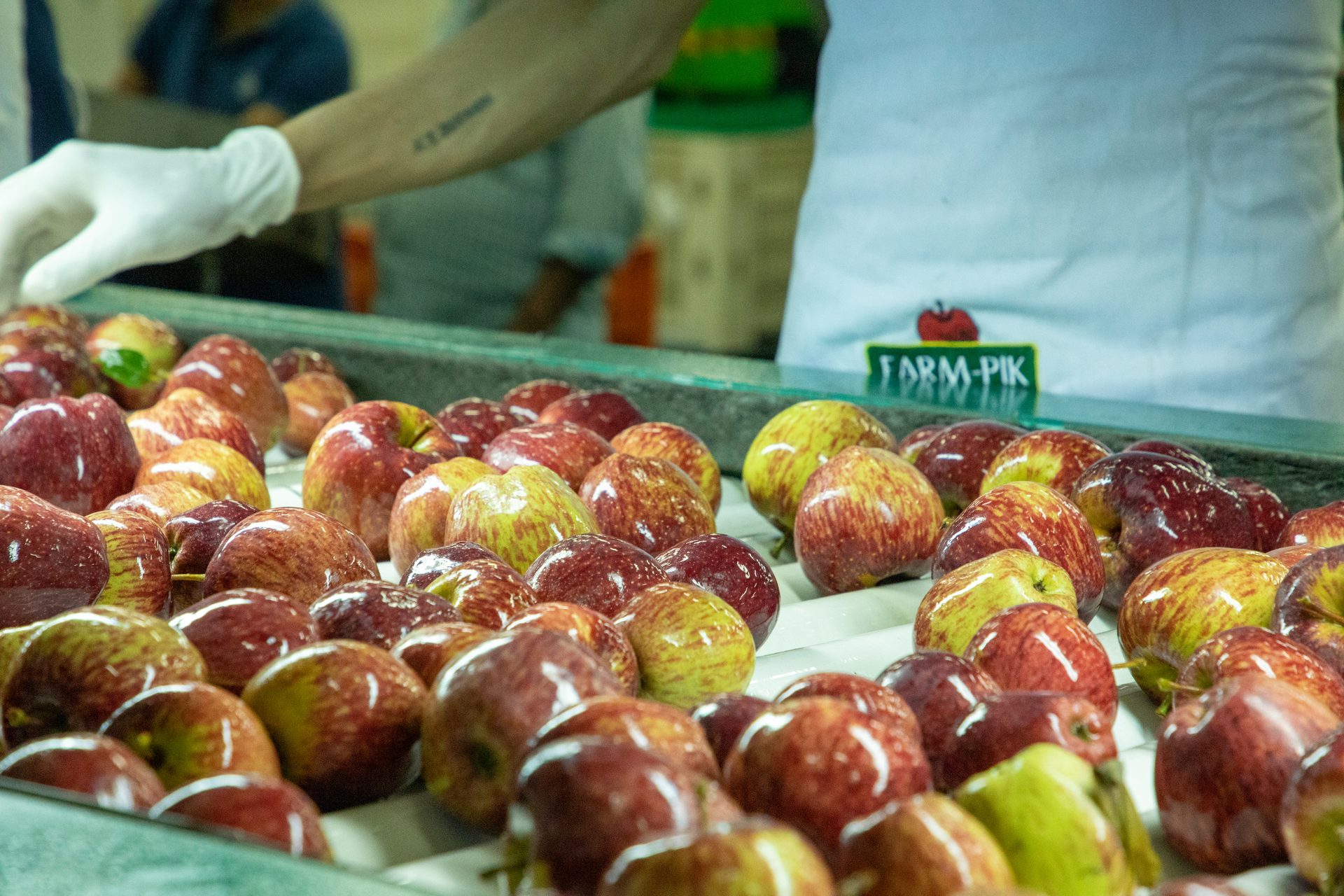
Positive Impact on Growers’ Incomes
Small and marginal growers who have supplied produce to Adani Agri Fresh have seen their incomes rise by a minimum of 3x due to the efficient crate and post-harvest system, as well as lower transportation costs to Adani facilities in the region.
Community Support
In addition to its commercial activities, Adani Agri Fresh supports the local community by providing free basic health clinics, a mobile health program, including ambulance services, and sponsoring government initiatives focused on children’s nutrition.
Through Adani Agri Fresh’s all-round socio-economic programs, the Adani Group has made a lasting and beneficial impact on the apple ecosystem in Himachal Pradesh.
Newsmakers
Adani New Industries
A giant
stands tall over mundra
The 5.2 MW WTG with a 160 m rotor is the first exciting addition to Adani New Industries’ product portfolio.
Dipika Rathi
Standing 200m tall, towering over the Mundra coastline, is India’s largest Wind Turbine Generator (WTG) commissioned in Gujarat, India. With the final blade in place, the 5.2 MW WTG is the first addition to Adani New Industries Ltd’s product portfolio. This prototype by Mundra Windtech Limited (MWL) is taller than the world’s tallest statue, the Statue of Unity (182m), with blades bigger than the wingspan of a Boeing 747.
Size certainly matters, at least when you’re generating wind energy. The larger and more powerful a wind turbine, the more efficient it will be at producing renewable power. This prototype wind turbine by MWL is pushing the boundaries of what is possible. At 78m, its blades are bigger than the wingspan of a jumbo jet making it the longest in the country. It is the biggest wind turbine in terms of power and has a rotor diameter of 160m. The hub height of the wind turbine generator is 120 m, about the height of a 40-storey building. Avers Milind Kulkarni, COO, MWL, “The proto assembly was completed in a record of 19 days. It is installed, commissioned, and we shall soon go for a type certification now. This prototype has laid a foundation stone for us to go for another prototype which shall be even taller than the 140 m hub height. Going forward, we shall manufacture our own blades, while we have already started the assembly of Nacelle, and Hub in our own upcoming facility in Mundra.”
Wind turbines have had a growth spurt over the last couple of years. Turbines of the capacity above 4 MW are typically associated with offshore installation—where the machines have gone as big as 14 MW. But an onshore turbine of 5.2 MW is a rarity and certainly not seen in India. This machine is a first and has been built with technology from W2E (Wind to Energy) of Germany. It will work at wind speeds as low as 3 metres per second (mps) and up to 20 mps, reaching its optimum power production at around 12 mps wind speeds.
In continuation to strengthen quality and validating new configurations and components to develop even larger and more efficient turbines, this wind turbine is both an example of and a reason for the success of wind power. Conforming to IECRE 16400 standards, the turbine model will power approximately 4,000 homes. The capacity to produce more energy from a single turbine means fewer turbines need to be built at each wind farm. This means simplified operation and maintenance processes, increasing the accessibility and affordability of Renewables for both companies and end-users.
It is a great move as MWL is foraying to carry on business as manufacturers of wind turbine generators and its other auxiliaries in Mundra. It shall drive down logistical costs by enabling blade assembly onsite and reduce the costs for permitting equipment and road work required for transporting longer blades. Dennis Schultz, plant head of Blade Production Unit at MWL, shares, “We have partnered with two European leaders in technology advancements—WINDnovation for rotor blade designs and W2E. With research, design, and its manufacturing expertise, MWL has been successful in bringing the prototype wind turbine from concept to a tested and proven reality and has paved way for a clean and even green future.”
Only a couple of years ago, the maximum capacity for a single wind turbine in India was 2-3 MW. Now, just a few years later, this figure has doubled and this new MWL- 160-5.2 MW wind turbine in Mundra brings with it a revolutionary technology to Wind Energy in India. This launch signifies the beginning of an important phase in technological innovations for the renewable energy sector in India and is in continuation to strengthen Quality and validating new configurations and components to develop ever larger and more efficient turbines.
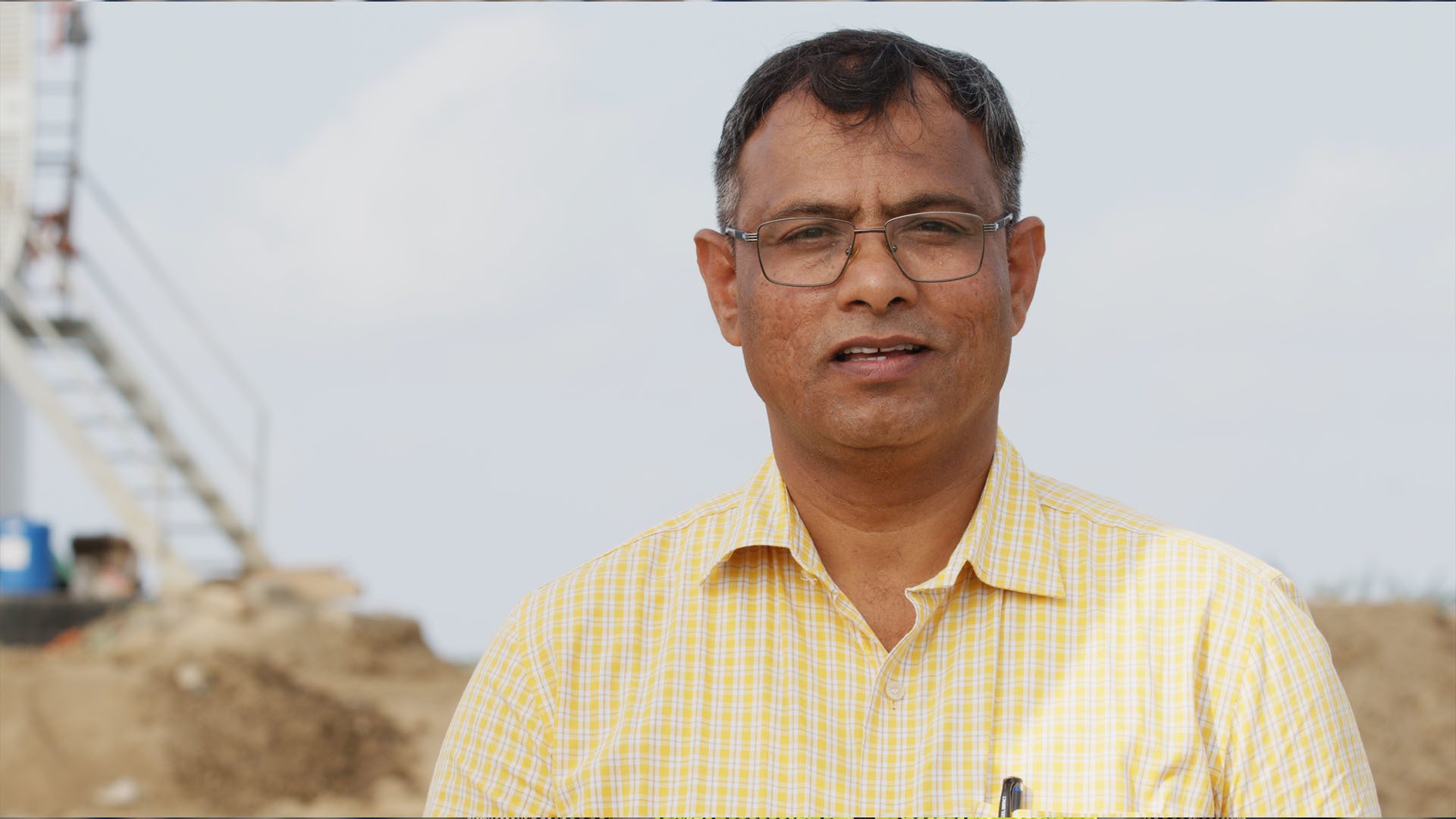
This prototype at 200m is taller than the world’s tallest statue, the Statue of Unity (182m), with blades bigger than the wingspan of a Boeing 747, making them the longest in the country.”
Milind Kulkarni | COO, MWL

cover story
In today’s ever-changing business landscape, resilience has become one of the most crucial strengths a company must possess to stay competitive and thrive. Resilience is an organization’s ability to adapt, recover, and bounce back quickly from setbacks and challenges. Companies that are resilient can withstand unforeseen circumstances such as economic downturns, market turmoil, natural disasters, cyberattacks, reputational crises, coups and pandemics.
A Lesson
in Resilience
Adani
Abhinav Sharma
One of the primary reasons why resilience is so important for companies is that it enables them to weather tough times and emerge stronger. Companies that lack resilience may crumble under pressure and struggle to recover from setbacks, leading to long-term damage to their reputation, finances, and market position. On the other hand, resilient companies can use setbacks as opportunities for growth, innovation, and improvement. For instance, companies that were able to pivot their operations and change their routines to adapt to the COVID-19 pandemic emerged stronger and more successful than those that resisted change and stubbornly clung to entrenched ways of working.
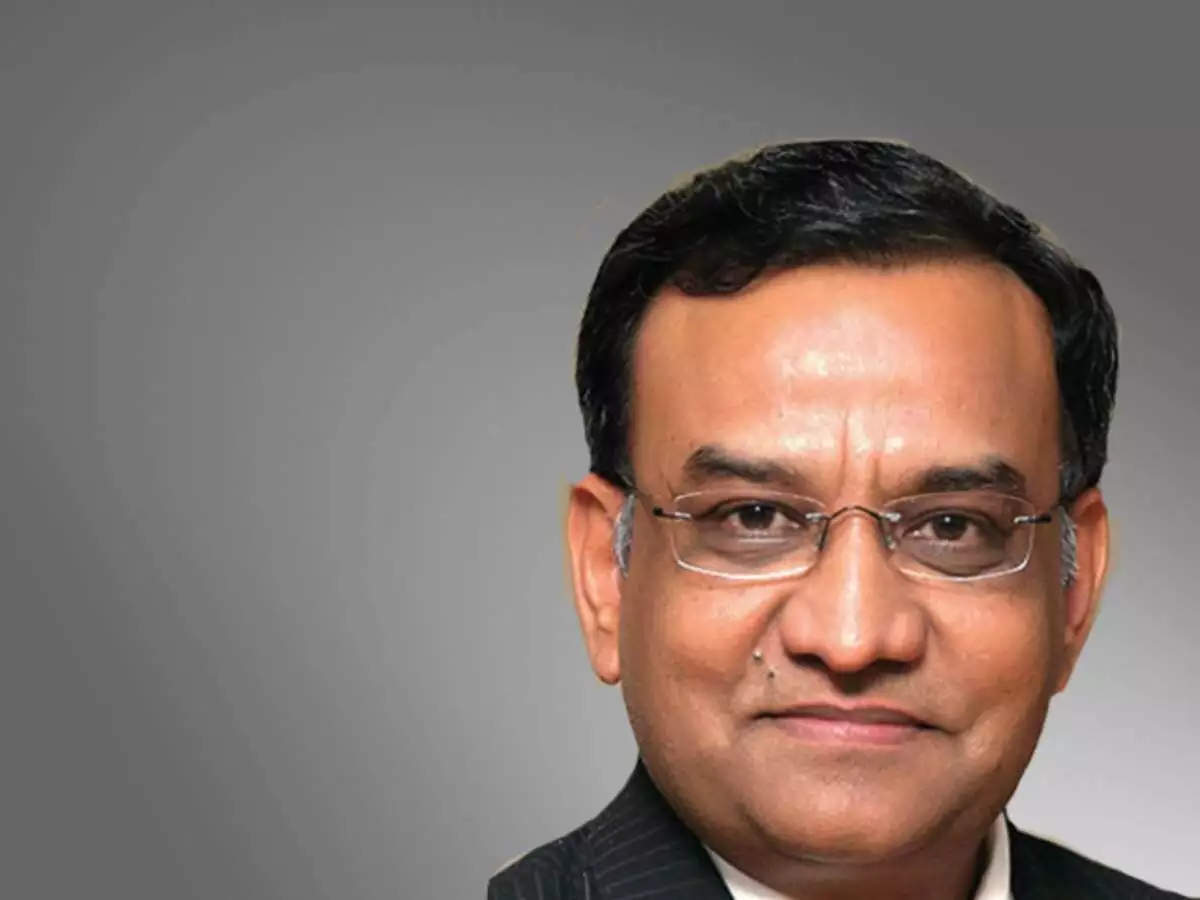
Domestic banks’ exposure is against underlying assets, operating cash flows, projects under implementation and not based on the market cap.
MK Jain
Deputy Governor, RBI
Over the course of its 35-year-long journey, the Adani Group has demonstrated time and again that it is India’s most resilient business organization.
At the height of the COVID-19 pandemic, when nations and businesses were challenged in ways that few could have predicted, Adani proved why it is one of India’s most resilient names. At a time when global supply chains were disrupted and thousands of companies shut their doors, Adani not only steadily maintained its business processes and social work but also marched at the forefront of the nationwide fight against the rampaging virus.
That reputation has been further strengthened over the past few weeks. Our resilience is built on our values of courage, trust, and commitment. These values have provided us a robust framework to navigate every challenge with integrity and determination. By staying true to our values, we have been able to build trust with all our stakeholders and emerge as an organization that is not just resilient but also a force for good.
Our resilience is also due to the strength of our leadership and our diversified business model. With interests in a vast range of sectors and industries, Adani has been able to adapt to changing circumstances and continue to operate at peak level.
The depth in our professional ranks and the long-term strategic vision of our founding leadership have kept us on course in the most turbulent of conditions. In turn, it is our resilience that has helped the Adani Group to attract and retain top talent because resilient companies offer stability, security, and opportunities for growth, making them more attractive to top-rung talent.
Our investments in technology and innovation too have also played a critical role in our resilience, allowing us to pivot quickly and respond to changing market conditions. Our culture of innovation and creativity makes us more agile and flexible, allowing us to quickly respond to changing market conditions and technological advancements. This agility keeps us ahead of the curve and helps us maintain a competitive edge.
Our reputation for resilience has helped us to build trust and loyalty with all our stakeholders, who understand and appreciate the Adani Group’s ability to navigate through the toughest of times.
Without doubt, one of the key fuels for this resilience is the unwavering trust and support placed in us by our stakeholders. Senior leaders and captains of industry have come forward to assure the country that Adani is robust and well-governed. They have cautioned investors against believing those who question our ability to govern ourselves.
Businesses like ours are the strongest pillars of the economy. They create employment, generate tax revenues, and provide a multiplier effect that helps the country cater not only to our basic needs but also to our hopes, dreams and aspirations for India’s future.
The Adani Group’s strong financial position and prudent financial management have given it the flexibility to weather all storms. Our healthy balance sheet, low debt-to-equity ratios and high levels of liquidity have enabled us to invest in new businesses and ventures even during challenging times. Our history of always emerging stronger holds a powerful message for the future – our resilience will only continue to grow.
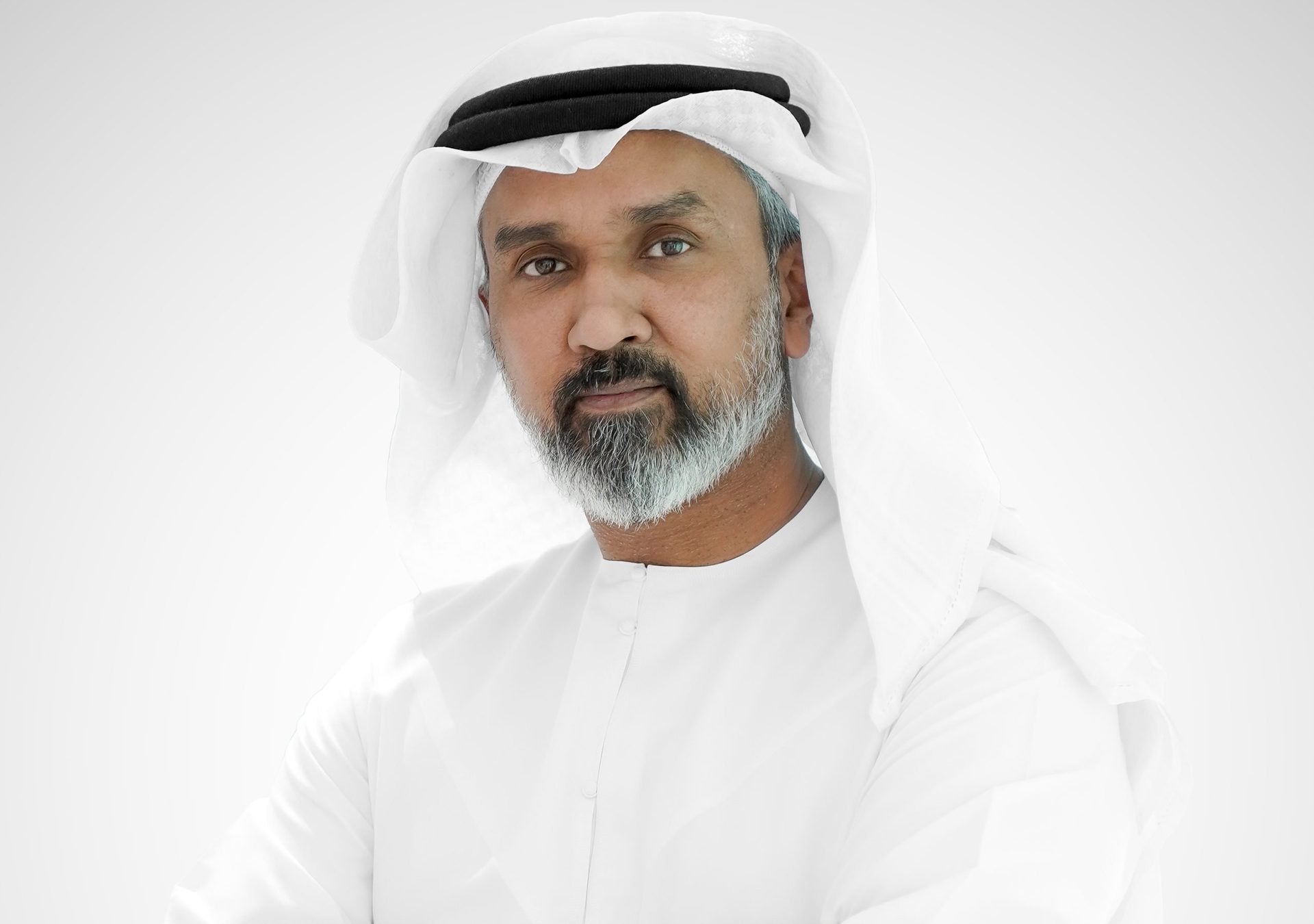
Our interest in the Adani Group is driven by our confidence and belief in the fundamentals of Adani Enterprises Ltd. We see a strong potential for growth from a long-term perspective and added value to our shareholders.”
Syed Basar Shueb
CEO, IHC
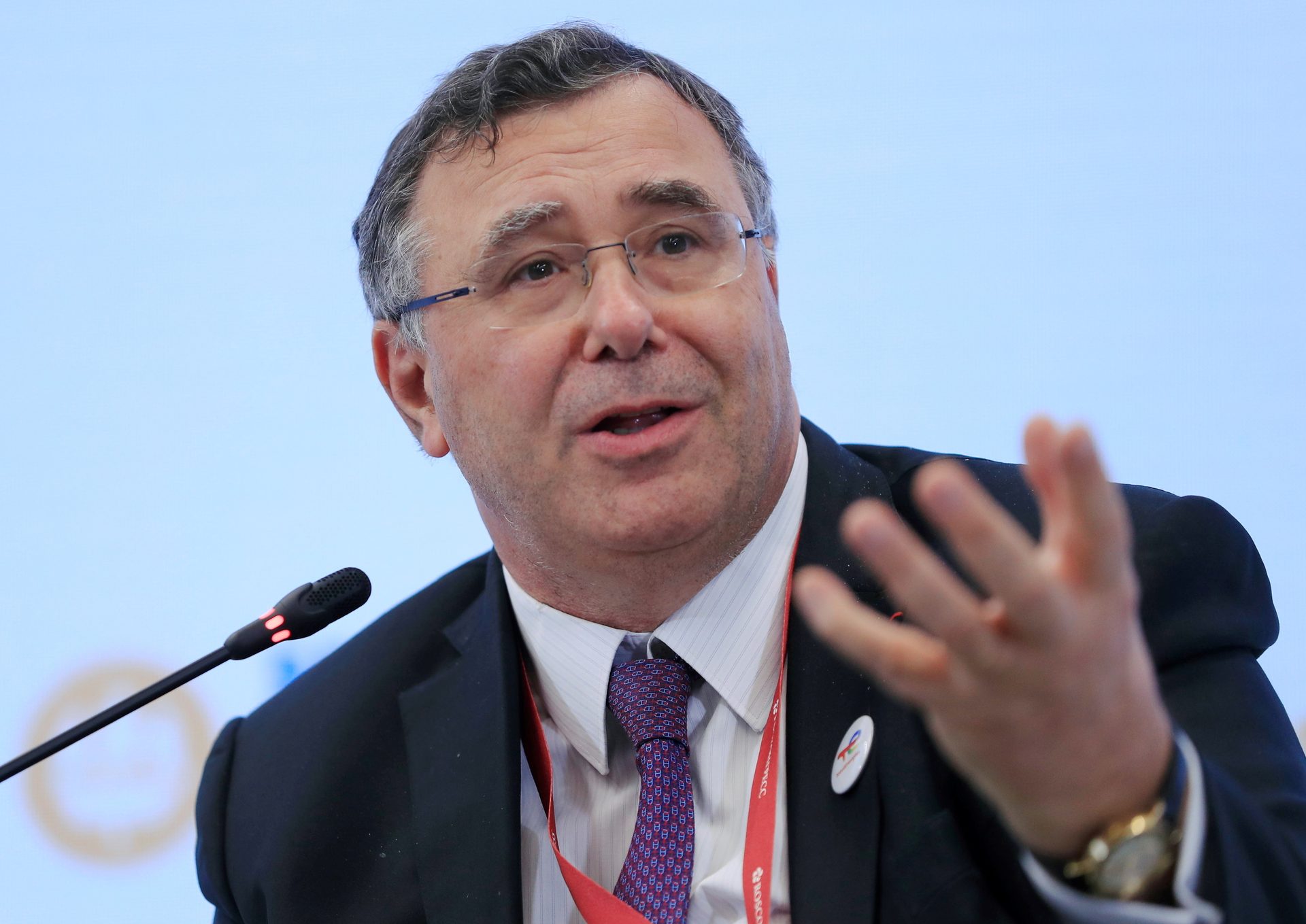
Adani Green is still worth twice as much as we invested. Adani Gas is still worth eight times more. Our accounting is healthy, there was due diligence before and due diligence after.”
Patrick Pouyanné
Chairman and Chief Executive Officer,
TotalEnergies
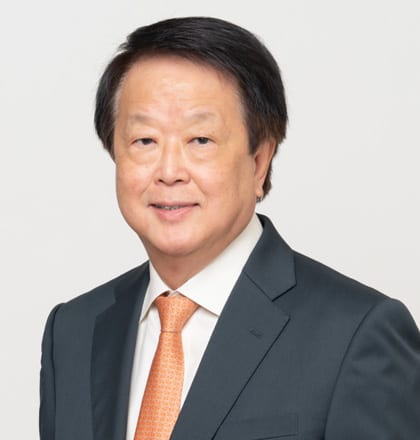
We will continue to support our Indian associate.”
Kuok Khoon Hong
Chairman and CEO, Wilmar International Limited
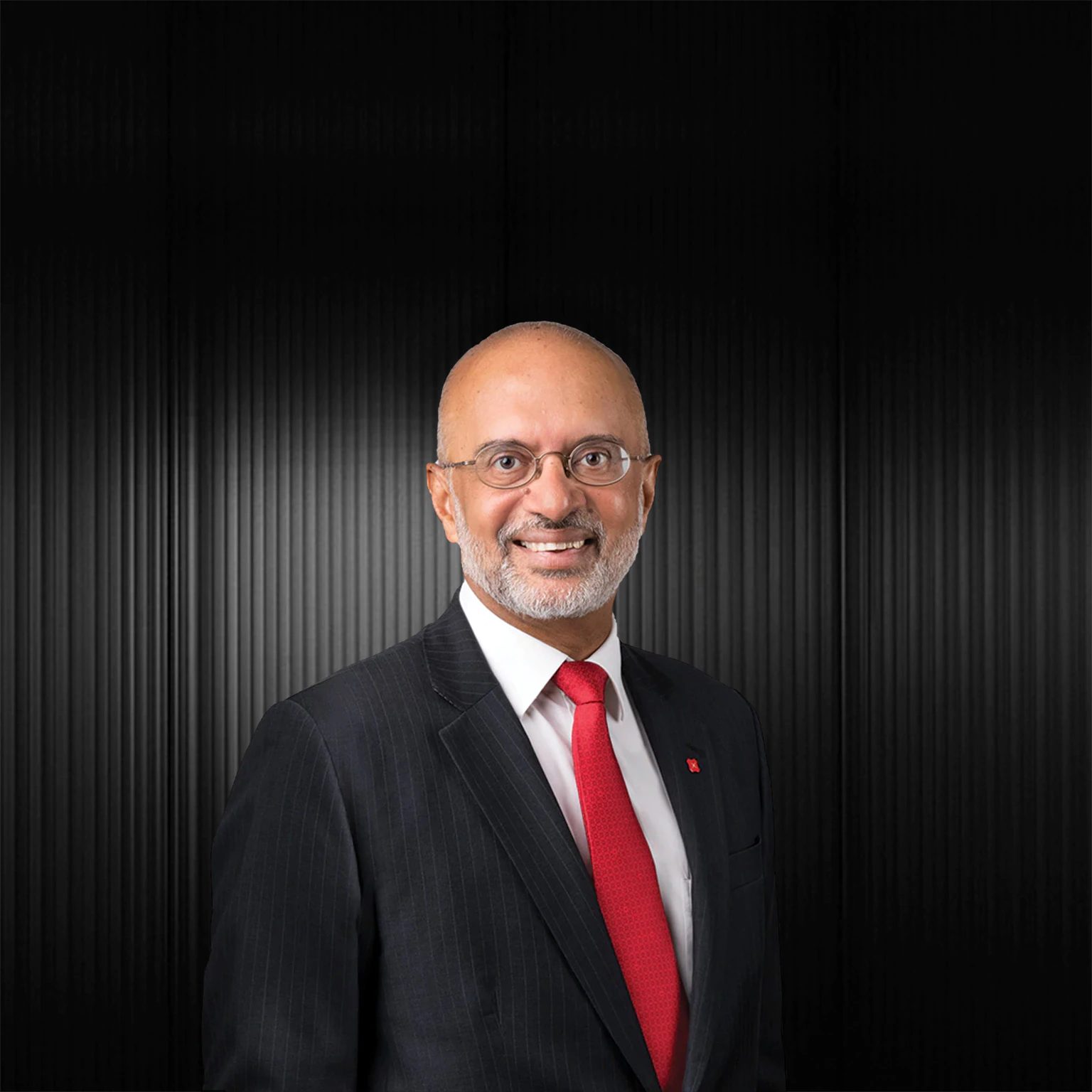
They (Adani Group companies) are solid, cash-generating companies, so we’re not concerned about the exposure. The cement industry has huge potential, given the growth in the market, and so that exposure is quite tightly managed.”
Piyush Gupta
CEO, DBS Group
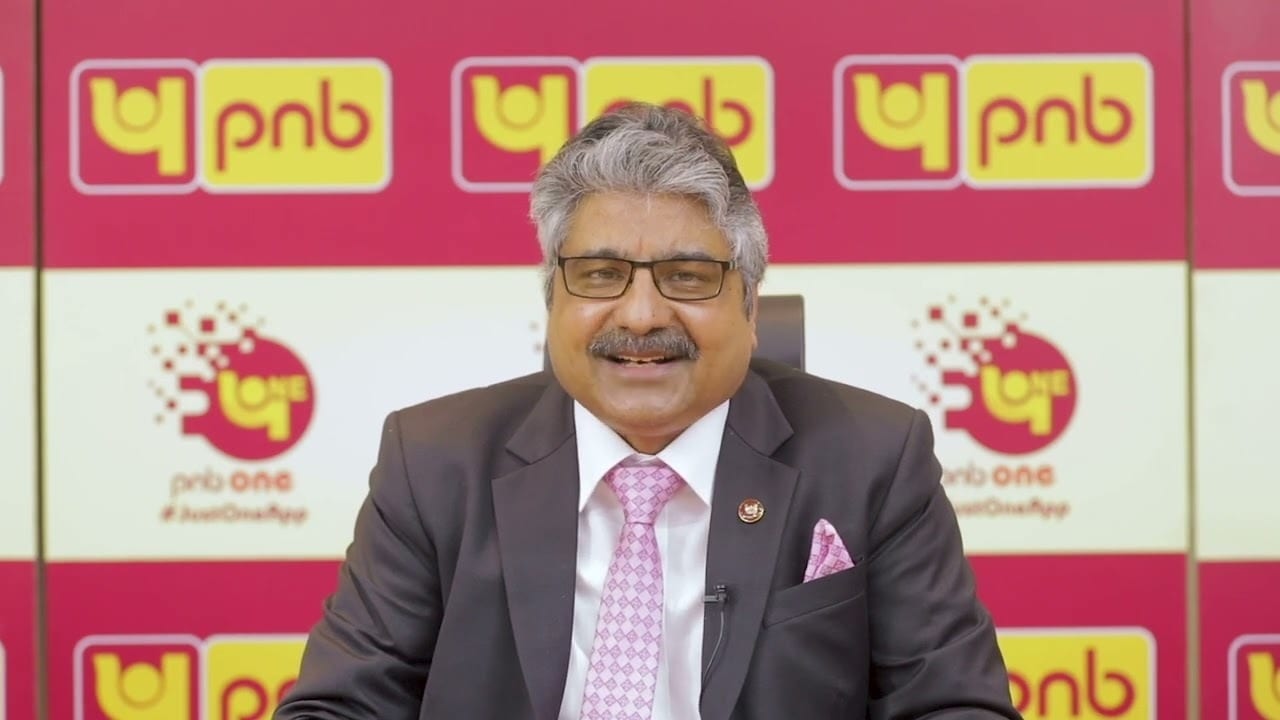
We have nothing to worry as our exposure is small at Rs 7,000 crore. This is spread across nearly eight entities of the group and most of the funding is cash flow based and only project financing.”
Atul Kumar Goel
MD & CEO, Punjab National Bank
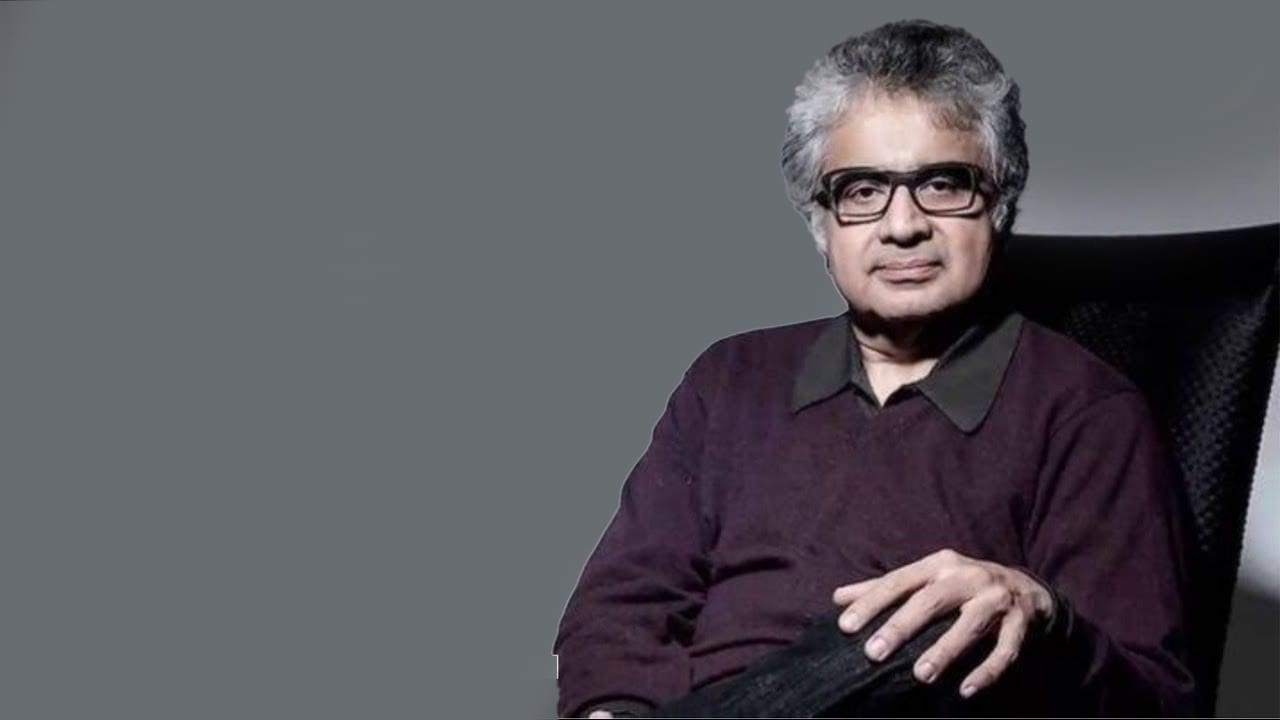
You have predictable revenues because you have a regulator fixing your tariff. You can’t make a lot of money, but at least you have almost guaranteed revenues because, even today, these infrastructure projects are like monopoly projects. The other investments are in hardcore Indian assets like cement manufacturing. Most of their (Adani Group) companies are listed, all their records are in the public domain. To say that you have done some hidden research and all is all nonsense.”
Harish Salve
Former Solicitor General of India

The airports, ports, and energy assets owned by the Adani Group are fantastic, irreplaceable assets. There’s been a lot of value creation over the years or decades, actually.”
Rajiv Jain
Chairman & CIO GQG Partners

Newsmakers
Adani Capital
Enabling And Empowering
Rural Entrepreneurs
Adani Capital’s path-breaking new initiative is a boon for small rural entrepreneurs
Juhi Chakraborty
The economic development of our country largely depends on the progress of rural areas as a majority of the population still resides in villages. Along with other socio-economic development, rural entrepreneurship has also come to the fore as it is important to organize entrepreneurial talent and the subsequent growth of indigenous enterprises. But what is most crucial for these Village Level Entrepreneurs (VLEs) is capital.
Banks and other financial institutions hesitate to lend them to help them grow their business. This means that these people do not have access to a formal credit system. If they have to become sustainable, they need to be supplemented with finance.
And that gap is now being fulfilled by Adani Capital, which is using its experience to build a model where it will underwrite these people and provide them with the most scarce resource, which is capital to expand their business.
“We are into the lending business, but our lending is typically different in terms of our customer segment. We don’t do car loans, personal loans, or consumer durable finance, we only finance micro-entrepreneurs- small enterprises and individuals in rural areas. For us farming is also an enterprise, so a farmer becomes an entrepreneur, a transporter is also an entrepreneur, a kirana store owner, a pharmacy store owner, hardware store owner, are all entrepreneurs. We are catering to these people where the loan ticket size varies from Rs 1 lakh to Rs 40 lakh,” shares Amit Vatsa, Chief Digital Officer – Sales, Adani Capital.
With this vision, Adani Capital got an opportunity to work with CSC e-Governance, a Special Purpose Vehicle, set up by the Ministry of Electronics & IT to oversee the implementation of the CSC scheme. The platform, CSC Grameen eStore, in which Adani Capital is also an investor, is an e-commerce enterprise that reaches world-class products in rural areas of India. Under them, there are around 5 lakh village-level entrepreneurs, who are graduates sitting in gram panchayats with basic knowledge of technology and basic digital infrastructure.
These entrepreneurs are aligned with CSC to deliver almost 300 odd Government to Citizen Services(G2C) to the last mile customers. Slowly CSC e-Governance decided to transfer some of the larger VLEs into becoming distributors and create a rural e-commerce platform where a company can sell its product.
“We have now started financing small village-level entrepreneurs working as rural distributors on an e-marketplace created by CSC Grameen eStore. As of today, there are 10000 active VLEs working. We have given approval to 100 VLEs through a paperless journey and we plan to scale up rapidly on this in the next 3 months,” adds Mr Vatsa, “A micro-entrepreneur sitting in a rural place once get engaged with us, and later he becomes a referral agent for many of our loan businesses like tractor finance, commercial vehicle finance, business loan finance, etc. He can refer these leads to us and once we approve those loans, we give him some commission on that. That becomes an additional revenue source for him. We are trying to holistically ramp up the revenue or income generation stream for that entrepreneur sitting in the rural area through financing, through referral schemes, all those things.”
The entire process is completely digital. A VLE can come to the website, register and get approval within five minutes.

from the chairman
“Your trust in me is my biggest source of energy.”
My dear friends,
As all of you would know, the last few weeks have been some of the most difficult for our company as we faced a short-selling attack. It caught us by surprise. We did not expect this angle of attack where a foreign short-seller could re-hash such a large number of baseless allegations that would make damaging headlines across the world. However, our swift response once again proved our bias for action.
As you know, we issued a detailed point-by-point rebuttal to each of the allegations. I can state without any hesitation that it is the speed and the comprehensive details in our response that helped mitigate serious damage. For this, I must compliment our team members that have been working around the clock.
As I have said many times in the past, every company will go through hard times – and the best are those that have the ability to quickly get back on their feet. The elasticity of a company is its strength, and our elasticity was demonstrated by our ability to recover from this crisis – just like we have done multiple times in the past.
However, what I am most thankful for over this period of six weeks are the thousands of messages of support from our employees. This support has been the source of my greatest strength. I am grateful for your unwavering faith and trust in me and your belief in the Adani Group’s capabilities.
With the above context, I want to make three main points today:
- First, address employee apprehensions
- Second, outline the state of our business
-
Third, talk about the confidence our investors have shown in us and the path ahead
In terms of employee apprehensions, let me highlight a few points:
Firstly, I recognise that in today’s digitally connected world, any news spread fast – more so negative news. And many times, it is difficult to differentiate between what is true and not. I request you not to be swayed by rumours and instead trust our financial indicators that are released every quarter. Numbers speak about our performance and represent the single-most authentic representation of the health of our businesses. I can assure you that our operational situation has never been better.
Secondly, let me also assure you that our Performance Management process will continue as usual. Our biggest differentiator has been the attitude of our people in our fast growth focused culture. It is your drive and engagement that have allowed us to deliver nonlinear growth. Our culture of meritocracy will continue to be rewarded, through merit increases, incentives, variable pay and promotions into expanded roles.
As we move closer to finishing another very strong year, we are also putting in place new measures to recognise and celebrate our wins and achievements. And I am confident that there will be plenty of these in the years ahead. Like I have always said – our main growth years are still ahead of us.
The foundation of our growth comes from the investment we make in our employees. In this context, our investment in developing our employees through large-scale training programs, leadership development programs, and education programs will not only continue but will be expanded as will our employee engagement programs. We will soon be launching the next batch of the Fulcrum leadership development program, followed by new editions of the Takshashila program in partnership with ISB and the NorthStar program in partnership with Emeritus of Singapore. In addition, the HR Team is also working on two new pilot programs around Great Managers and First-time Managers – and you should soon get more details. Our investment in our people will continue to expand. I have specifically asked that we now redouble our efforts to continue to make bets on internal talent.
Let me now talk about the state of our business. Today, every single one of our businesses is firing on all cylinders. We recently declared our nine-month results and all of them have been exceptional and well recognized by the capital markets. I expect the strength of our results to continue given the combination of the strong Indian economy and the stability, scale, and world-class operational excellence that we continue to demonstrate.
In terms of numbers, in the nine months from April to December 22, the EBITDA of our listed portfolio grew by a significant 57% on a Year-on-Year basis to over Rs 40,000 Cr. In these three quarters, AEL, ATL, ATGL, APL, AGEL and APSEZ generated a combined Profit After Tax of about Rs 17,500 Cr. Within this, AEL reported a profit increase of 271%, reinforcing its reputation as one of the world’s most successful business incubators. These numbers are the outcome of all your efforts. So, I would like to congratulate the more than 42,000 Adanians across the country for your outstanding performance.
Every crisis provides opportunities to improve, and it is crisis situations that make us push our limits to sharpen our focus. In this context, although our current debt ratios are acceptable in capital markets, we intend to further reduce these to create headroom for future growth. One way we will do this is by increasing our focus on our core businesses for the next 24 months – and secondly – focusing on efficiency gains through process improvements and digitization that will allow us to further expand our bottom line.
Let me now talk about the confidence our investors have shown in us.
Just last week, you saw the most recent example of the faith the market has in the Adani growth story. We raised over Rs 15,000 Cr from GQG Partners, a global independent asset management firm that manages over $90 Bn in client assets across the world. Strategic equity investors like GQG Partners are extremely meticulous about how and where they place their investments, and their investment was another validation of the strength of the Adani Group portfolio. This is precisely why, after the immediate impact following the attack, our stocks are back and rising – as banks and financial institutions continue to place their faith in the Adani Group of companies and the strength of our financials and our governance. Therefore, while there can be a lot of negative news, the well-informed investors that matter know who we are, understand what we are doing, and confidently continue to support what we intend to do.
It would also be relevant to mention that I have welcomed the direction of the Hon’ble Supreme Court that has asked SEBI to continue to investigate the recent volatility in the market and submit its report in two months. The court has also formed an Expert Committee made up of eminent personalities to assess the existing regulatory framework and make recommendations to strengthen it. We welcome this intervention by India’s highest court of law and see this as an opportunity to present our position. All of this speaks to the essence of strength of the Indian democracy. I am confident not only that our stand will be validated when the final reports are submitted but also that the short-selling methods from foreign shores that can disrupt companies and stock markets will be addressed through governance and legal means.
Let me conclude by saying that it is never easy to break new paths and create journeys that few dare to take. We are one such company. We are what we are today because our culture, our values, and our beliefs have been in sync. This is not the first crisis we have faced and will not be the last. The larger we get, the more we will need to develop capabilities to manage various types of crises. Not all of them can be anticipated but what can be built in anticipation is our resilience, our elasticity, our spirit. This matters the most in a crisis.
The journey that the Adani Group and its people have taken has never been for the faint hearted. We deliver nonlinear results because of who we are. The only way we continue to scale in the future is to ensure we learn from this crisis and put in place the right levels of risk mitigation, the right levels of governance and the right levels of fiscal discipline.
Back in 2012, I had said that “Constant course adaptation must be a way of life – especially for entrepreneurial companies like us that seek to break new paths.” I had also said that “Winning can never be about luck – it is about Attitude. It is about Heart. It is about Tenacity.” What you have demonstrated over the past few weeks is precisely what I have always believed in. Your ability to Adapt. Your Attitude. Your Heart. Your Tenacity.
I am grateful that you have stood by me. Your trust in me is my biggest source of energy. I promise you we will learn from this experience and emerge even stronger in the days ahead.
Thank you for your support.
Jai Hind.
“Our biggest differentiator has been the attitude of our people in our fast growth focused culture. It is your drive and engagement that have allowed us to deliver nonlinear growth. Our culture of meritocracy will continue to be rewarded, through merit increases, incentives, variable pay and promotions into expanded roles.”
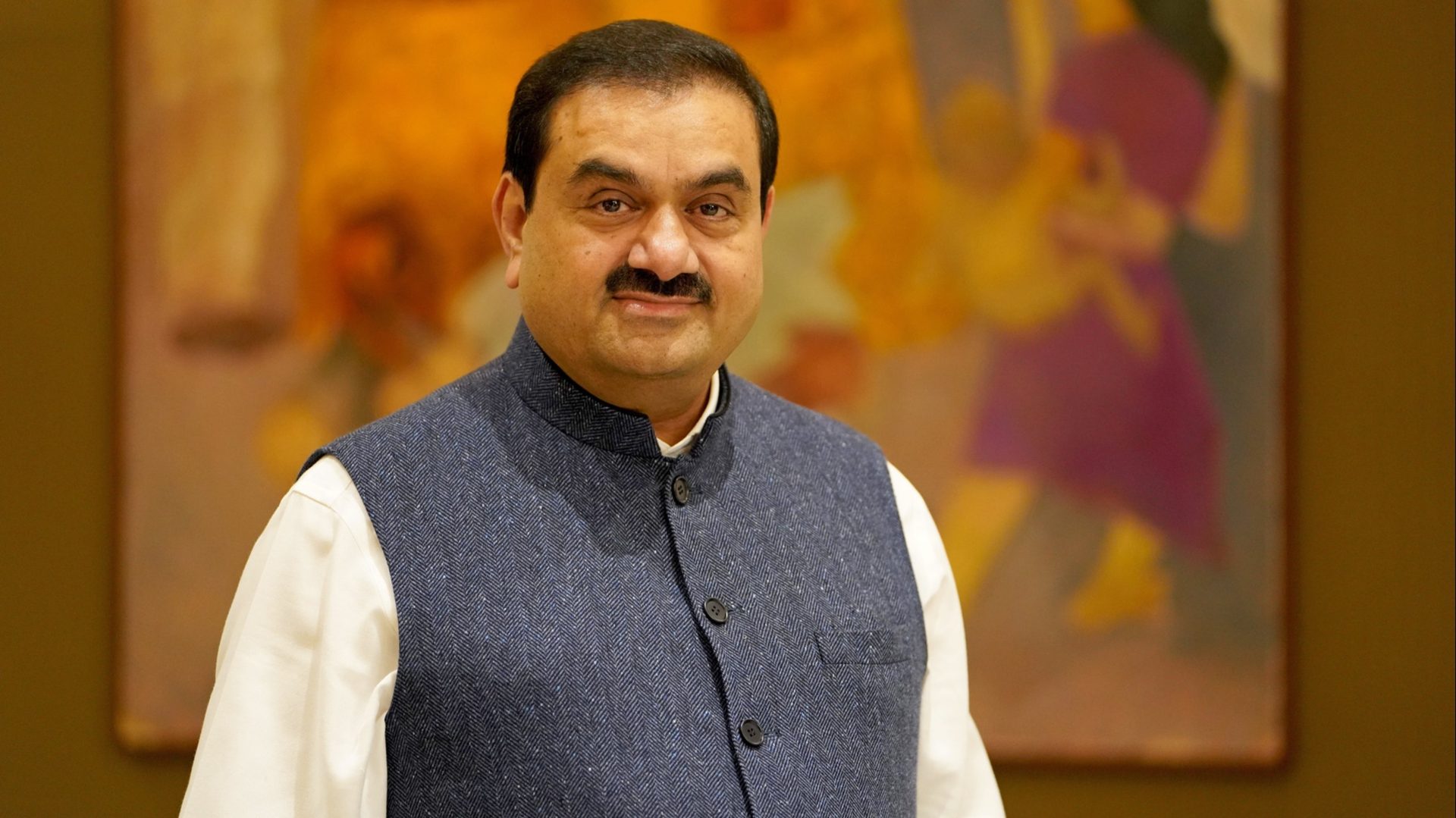
Total 9M FY23 EBITDA
39950
cr
`
EBITDA of Adani listed portfolio for 9-month FY2023 grew by 57% Y-o-Yto
`
40,269 cr
Core Infrastructure EBITDA registered a growth of 46% Y-o-Y to
`
32,617 cr
Total 9M FY22 EBITDA
25210
cr
`
Financial Performance
Highlights (9M FY23)
key numbers
newsbytes
Adani Ports
APSEZ Beats Its Own Record
Handles 300 MMT Cargo In Just 329 Days
Surpassing its previous best of clocking 300 MMT in cargo handling in 354 days, Adani Ports and Special Economic Zone Ltd (APSEZ) achieved the milestone in just 329 days on 23 February.
Karan Adani, CEO and Whole Time Director, APSEZ, said, “The improvement in cargo volumes is testimony to the faith that our customers have in us. It shows our commitment to using improved efficiencies and technological integrations to drive and achieve customer satisfaction.” Talking about APSEZ’s flagship – Mundra Port – he said, “It is outpacing all its closest rivals by comfortable margins and continues to be the largest port in the nation in terms of volumes handled.
Mundra’s infrastructure meets world standards and provides service levels on par with those of its global competitors, making it India’s gateway for container goods.”

Have Lot Of Admiration For Gautam Adani: Ex-PM Tony Abbott
Coming out strongly in support of Gautam Adani and the Adani Group, former Australian Prime Minister Tony Abbott, said he has a lot of admiration and respect for the tycoon and his company. Abbott, at a media briefing, added that the coal produced from Adani’s Carmichael mines in Australia ‘’will certainly be a part of the ongoing process of electrification here in India.”
‘’I am all in favour of Adani mine. I thank Adani and his team for what they have done to provide electricity to Indians and jobs and prosperity to Australia,’’ he said.
He later stated in another interview that Australia is keen on more investments from the Adani Group, and “hopes” billionaire Gautam Adani is not “put off” by the “difficulties” he faced in operationalizing the Carmichael coal mine project in the country.

Adani Assets Capable Of Paying Back Debt In 4-5 Years: Deven Choksey
Leading capital market expert Deven Choksey said the Adani Group’s assets can pay back the Group’s debt of 3-3.5 lakh crore rupees in 4-4.5 years, further adding that the infrastructure assets held by the Adani Group “are hard to create in a shorter period of time.”
Deven Choksey, Managing Director of KR Choksey Holdings Pvt Ltd said, “The assets portfolio put together has the capacity to produce more than 50,000 crore of EBITDA in a year which is growing at the rate of around 20% plus. These assets are themselves capable of paying back the debt of 3-3.5 lakh crore in 4-4.5 years’ time from now.”
Responding to a question on the recent collapse in the value of the Adani Group’s stocks, he commented that the market in India was “probably sentimentally negative,” resulting in investors “punishing these companies without knowing the fundamentals probably.”
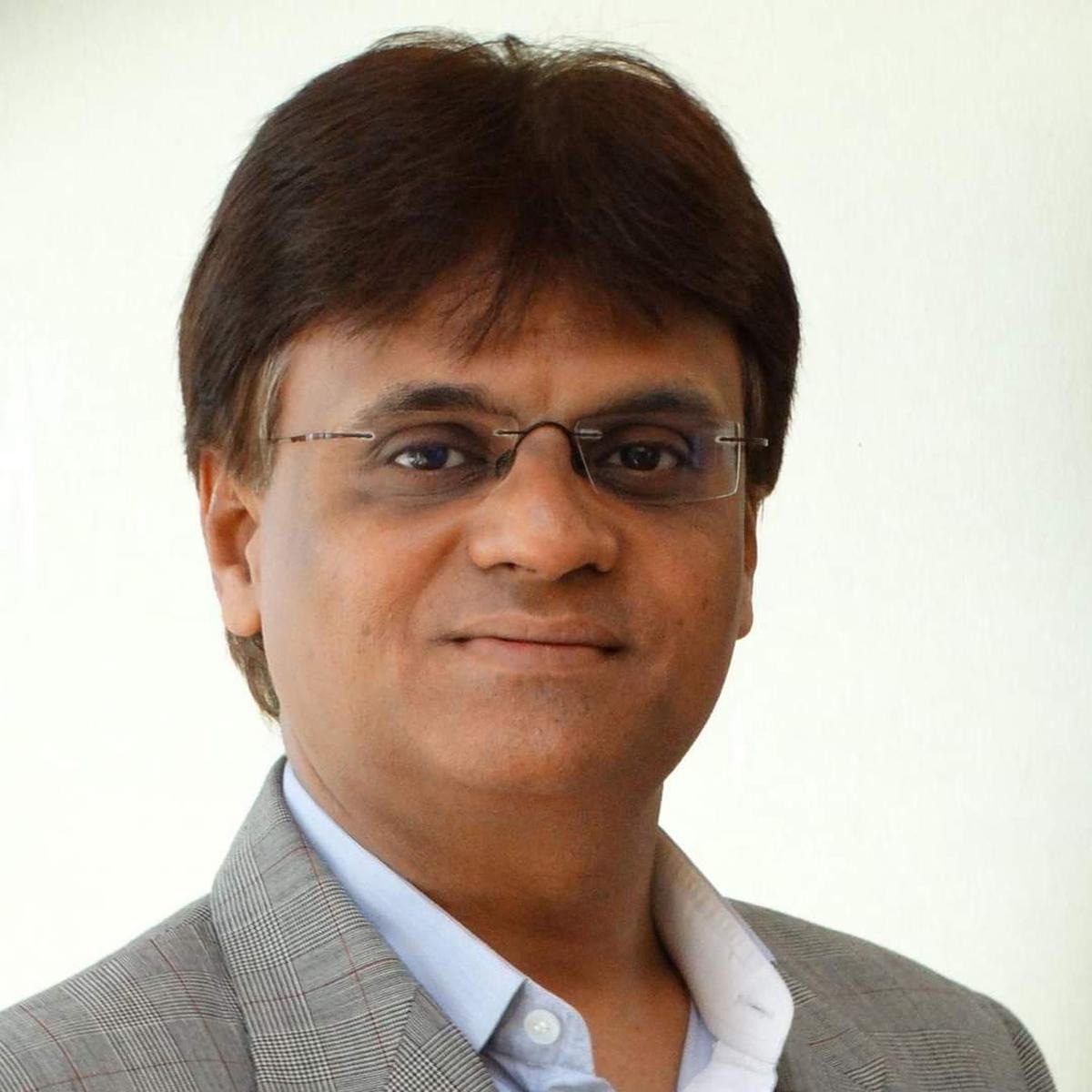
GQG Partners Invests INR 15,446 Cr
In The Adani Group
In a major thrust to the Adani Group, leading US-based equity investment firm GQG Partners announced completion of a series of secondary block trade transactions in the Adani portfolio of companies worth Rs 15,446 Crore (USD 1.87 billion). GQG Partners have invested in Adani Ports and Special Economic Zone Limited, Adani Green Energy Limited, Adani Transmission Limited and Adani Enterprises Limited.
GQG Partners’ Chairman and CIO Rajiv Jain said: “Adani companies own and operate some of the largest and most important infrastructure assets throughout India and around the world.” Lauding Adani Group Chairman Gautam Adani as among the best entrepreneurs of his generation, he added, “We believe that the long-term growth prospects for these companies are substantial, and we are pleased to be investing in companies that will help advance India’s economy and energy infrastructure, including their energy transition over the long-run.” He recently said that he is open to investing more in the group.
Adani Group CFO Jugeshinder Singh said, “We are delighted to complete this landmark transaction with GQG. We value GQG’s role as a strategic investor in our infrastructure and utility portfolio of sustainable energy, logistics and energy transition. This transaction marks the continued confidence of global investors in the governance, management practices and growth of Adani portfolio of companies.”

Adani Ports
Handing Over Of Haifa Port To Adani A Reflection Of Trust: Israeli Envoy
Israeli Ambassador Naor Gilon said that Israel’s handing over of the strategic port of Haifa to an Indian company, the Adani Group, is a reflection of the trust that the country has on India. Speaking on Adani’s takeover of Haifa Port, Israel’s Ambassador to India said, “It was a very important move from our point of view because Haifa Port is our strategic asset. The Adani Group has the potential to make Haifa the port it needs to be and to increase trade between Israel and India.”
The Adani Group in January 2023 acquired the strategic port of Haifa for USD 1.2 billion and has vowed to transform the skyline of this Mediterranean city as part of its decision to invest more in Israel.
At a media briefing, Gilon also indicated that there could be a forward movement on the Free Trade Agreement during the upcoming “high-level” visit.
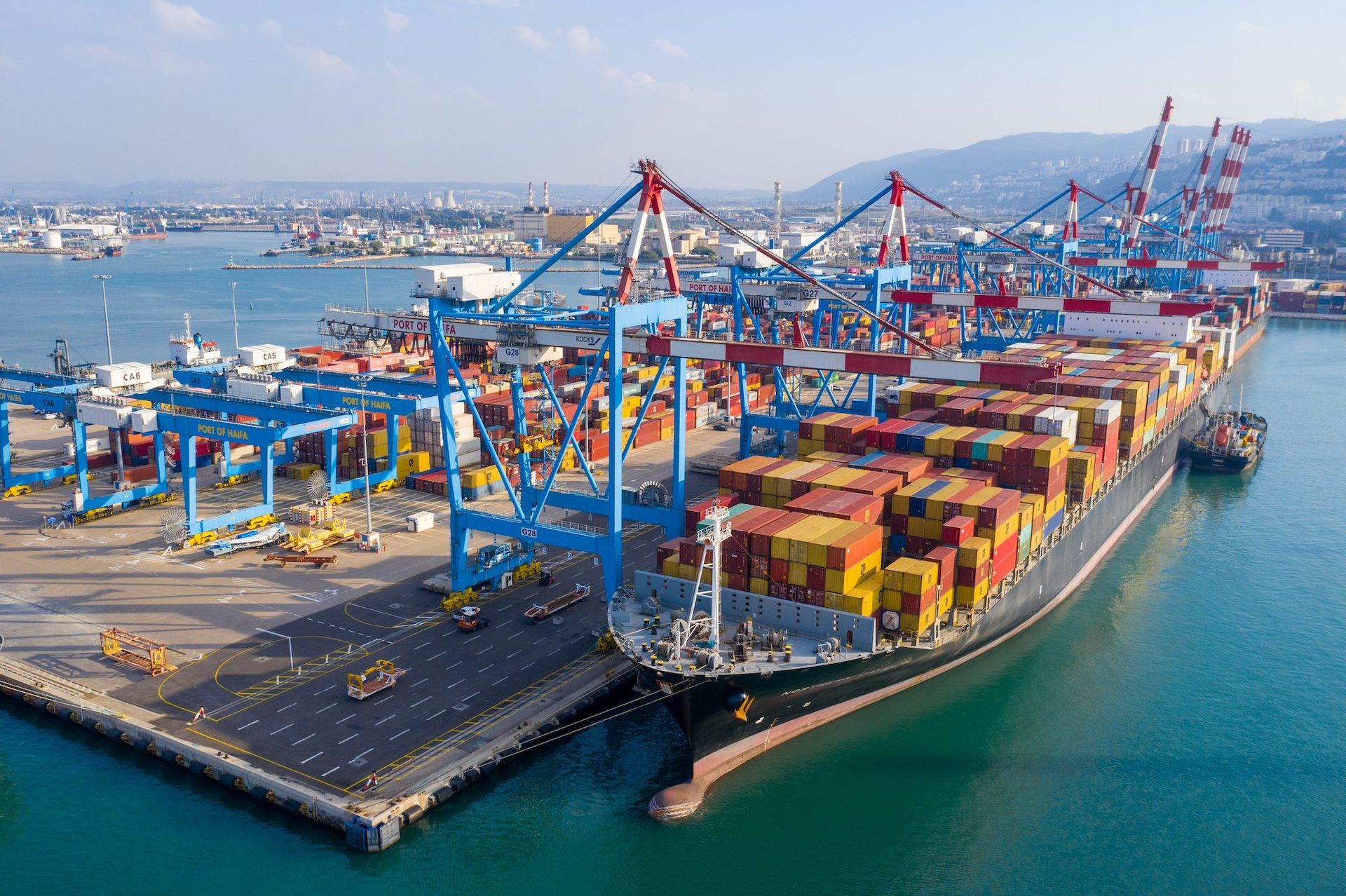
Adani Power
Godda Thermal Power Plant All Set
To Supply Power To Bangladesh
The 1,600 MW thermal power plant of the Adani Group in Jharkhand’s Godda district is poised to become fully operational and supply power to Bangladesh. Commissioned in Godda’s Motiya village, the Rs 15,000 crore plant, based on ultra super critical technology, formally began transmission of power in December last year after one of its two 800 MW units became functional.
The commencement of transmission from the first unit of 800 MW capacity began on 16 December 2022. Adani Power’s Godda plant will become fully functional and start providing power to Bangladesh in 2023. Its charges would be among the most competitive as compared to its IPP (independent power producers) peers like Rampal, Matarbari and S Alam projects (all in Bangladesh) using imported coal and LNG (liquified natural gas).

BRAVUS MINING & RESOURCES
A Path-Breaking Graduate Program For Environmental Scientists And Engineers
With an aim to provide a unique opportunity to build on the tertiary education of engineers and environmental scientists, a new graduate recruitment program has been announced from Adani Group’s Australian businesses.
Bravus Mining and Resources and Bowen Rail Company, part of the Adani Group’s businesses in Australia, have developed an integrated 18-month program offering graduates an immersive experience to learn about both the mining and rail businesses. The program, which is set to begin in 2024, is open to graduates up to two years post-graduation, in the fields of Mining Engineers, Civil Engineers, Mechanical Engineers, Electrical Engineers and Environmental Science. The businesses are at the forefront of the global energy transition and committed to delivering a sustainable energy mix.
Rebecca Wells, Head of Human Resources at Bravus, said, “As both businesses are still very new, we have the benefit of being agile, responsive, and open to new technology and ideas to improve our operations and make sure that we are meeting our strict environment and other regulatory conditions.”
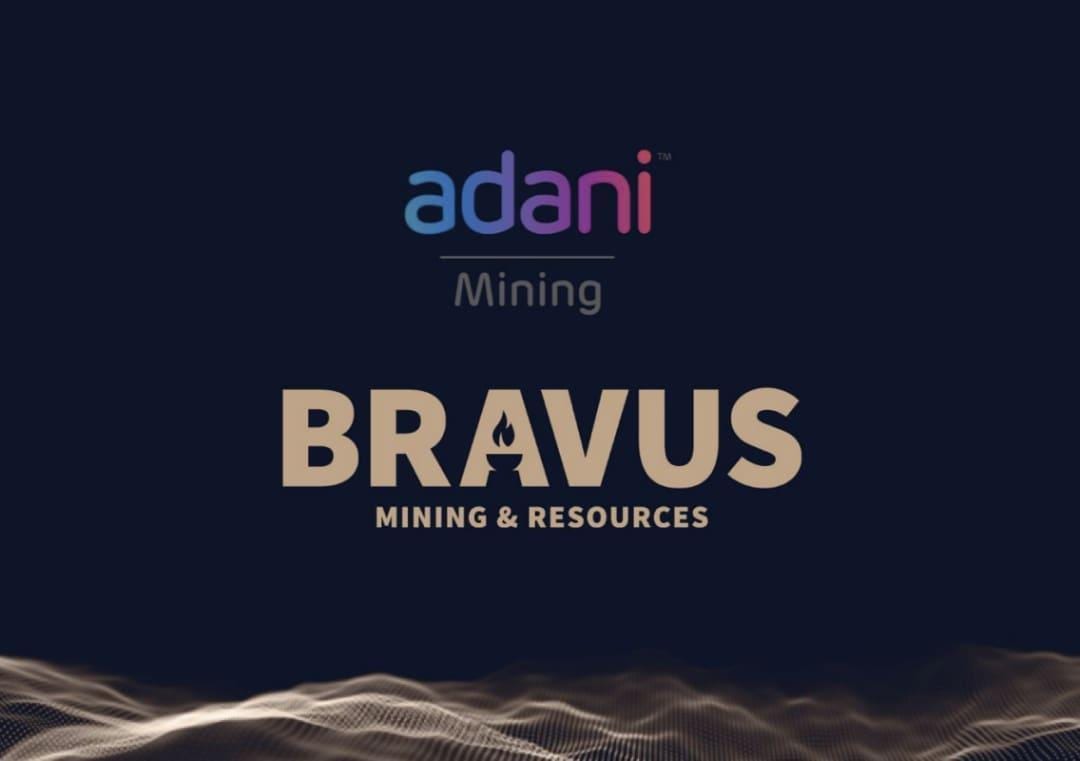
ADANI CEMENT
ACC & Ambuja Cements Bag ICAI Awards For Excellence In Financial Reporting
ACC, Ambuja Cements and its CSR arm recently bagged Institute of Chartered Accountants of India (ICAI) Awards for Excellence in Financial Reporting and Sustainability Reporting for 2021-22. The awards recognize companies that demonstrate a strong commitment to transparency and responsible management practices.
“It is an honour for us to receive the ICAI Awards for Excellence in Financial Reporting and Sustainability Reporting for FY 2021-22. I believe robust financial reporting is a hallmark of transparency and good governance and we are thankful to ICAI for recognizing our efforts,” said Mr. Ajay Kapur, CEO, Cement Business, Adani Group.

Mundra Aluminium
AEL Arm Declared Preferred Bidder For Odisha Bauxite Block
Mundra Aluminium Ltd (MAL), a wholly owned subsidiary of Adani Enterprises Ltd (AEL), has been declared by the Odisha government as the preferred bidder for the Kutrumali bauxite block.
Based on the outcome of the auction proceedings where Mundra Aluminium emerged as the preferred bidder, a Letter of Intent was issued by the Government of Odisha in respect of the mineral block located in the Kalahandi and Rayagada districts.
Adani green energy
With 8,024 MW Operational Capacity, Adani Green Is India’s Largest Renewable Player
Adani Green Energy Ltd (AGEL) said its fourth wind-solar hybrid power plant is fully operational at Jaisalmer in Rajasthan and the asset has been capitalized. The combined operational generation capacity of this newly added hybrid power plant is 700 MW, with a power purchase agreement (PPA) at Rs 3.24/kwh for 25 years.
This new hybrid power plant, which consists of a combination of 600 MW solar and 510 MW wind plants, deploys advanced renewable technologies like bifacial solar PV modules and horizontal single-axis trackers (HSAT) systems to enable maximum electricity generation from solar energy. The plant is co-located and is designed to deliver CUF of minimum 50%, the highest CUF of any renewable project in India.
“With the successful operationalisation of the 700-MW plant, the world’s largest wind-solar hybrid power plant, AGEL now has the largest operating renewable portfolio in India with 8,024 MW,” it said.
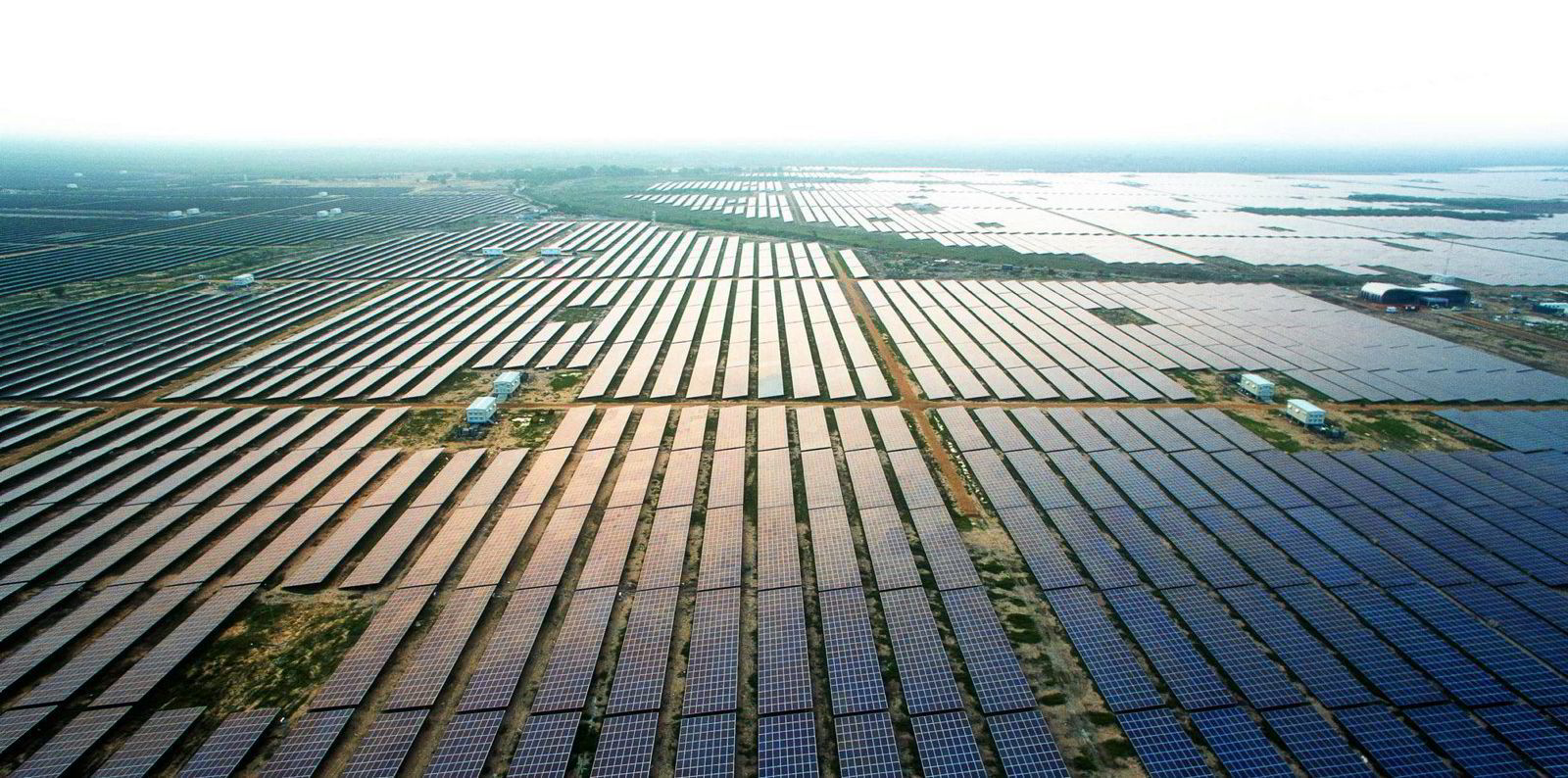
For NDTV, Prime Time Is Just Beginning
The acquisition by Adani is a win-win for NDTV and India’s media landscape
Newsmakers
AMG Media Networks
Bobby Nair
The Adani Group’s recent takeover of New Delhi Television Limited (NDTV) sent ripples through the media industry. While acquisitions and mergers are common in the business world, including acquisitions of media companies, an army of alarmist commentators immediately flooded both social media and the news space with dire warnings and doomsday scenarios as if India’s most diversified business group had invaded some sacred space by taking over NDTV. One after another, well-known publications and media pundits – both domestic and international – dedicated column after column and show after show to condemning and deriding the acquisition, even going so far as to predict that it heralded the death of editorial independence at NDTV.
Lost in that baseless din was the opportunity for a healthy, logical discussion on the positive impact of the acquisition on one of India’s most respected and independent media organizations. It was as if no one wished to or was willing to acknowledge publicly that the Adani Group’s move would, indisputably, benefit NDTV and the overall Indian media landscape. The Group understands that a diverse and independent media landscape is essential for a thriving democracy, as it ensures that different perspectives and viewpoints are heard. By strengthening NDTV’s reporting, the Adani Group can contribute to a robust and vibrant media environment that fully serves the public interest.
Financial Stability and Investment
One of the primary benefits of the Adani Group’s takeover of NDTV is the financial stability it brings to the media organization. NDTV needs a large dose of investment if it is to climb the peaks it once conquered and move even higher into a global media orbit. As India’s most reliable infrastructure business group, the Adani Group has phenomenal execution capabilities and an enviably strong track record of successful investments across various sectors. With this acquisition, NDTV is likely to benefit from increased financial resources, enabling it to invest in new technology, talent, and content development. This will not only help NDTV maintain its competitive edge in the rapidly changing media landscape but also strengthen its position as a leading news broadcaster.
Synergy in Operations
The Adani Group’s diverse business interests, ranging from renewable energy and infrastructure to agribusiness and logistics, can provide NDTV with a wealth of exclusive stories and insights, especially in the business news segment. An additional advantage stems from the Group’s geographical diversity. Its very visible presence in every corner of India gives NDTV, which earlier was forced to thin its bureaus across the country, an unmatched newsgathering perch from which to cover the length and breadth of India. This broad cross-platform synergy will allow NDTV to offer unique, valuable and extra-deep content to its upmarket-heavy audience, making the news organization more attractive to advertisers and resulting in increased revenues.
Expansion into New Markets
With the backing of the Adani Group, NDTV will have the resources to expand its presence in new markets, both domestically and internationally. In addition to the business broadcast market, other forays could be into state territories or language segments. The Group’s global footprint and connections can help NDTV extend its reach to new audiences, increasing its brand recognition and influence. Moreover, the expertise and resources of the Adani Group can support NDTV in the development of new platforms and distribution channels—both inside and outside India, ensuring its content is accessible to a larger audience.
Diversification of Revenue Streams
NDTV’s acquisition by the Adani Group is also likely to lead to the diversification of the media organization’s revenue streams. With access to the Adani Group’s vast resources, NDTV can expect investment in new content formats and platforms, such as digital streaming, podcasts, and virtual reality experiences. This diversification will allow NDTV to cater to the evolving preferences of its audience, ensuring its continued relevance in an increasingly competitive market.
Maintaining Editorial Independence
While it is fair to raise queries relating to editorial policy and editorial independence, the shrill, hysterical and one-sided nature of the commentary, drawing conclusions even before the topic has been put to the test, has been both alarming and bizarre. Nothing suggests that NDTV’s editorial independence will be compromised. On the contrary, the Adani Group has publicly stated its respect for NDTV’s reputation for fair news and current affairs coverage and, further, has expressed its commitment to upholding the highest standards of journalistic integrity. By allowing NDTV to continue operating with autonomy, the Adani Group can leverage the media organization’s reputation for unbiased reporting and critical analysis, further enhancing its own brand value.
While a discussion about NDTV’s editorial independence following the Adani Group’s takeover is understandable, there are compelling reasons to believe that any fear of editorial dilution and deviation is unfounded. In an interview to the Financial Times, Chairman Gautam Adani described NDTV as “the most suitable broadcast and digital platform to deliver on our vision”. Mr Adani added that his vision is to support NDTV “to become independent and have a global footprint” and transform it into a world-class news and current affairs media powerhouse on par with the likes of global media outlets like the Financial Times and Al Jazeera.
The Adani Group’s commitment to upholding journalistic integrity, NDTV’s established reputation, the importance of a diverse media landscape, lessons from past acquisitions in the media space, legal safeguards, and public scrutiny all contribute to the likelihood that NDTV’s editorial independence will remain uncompromised. By preserving its core principles and continuing to deliver unbiased news and analysis, NDTV will continue to be a valuable asset in India’s media landscape.
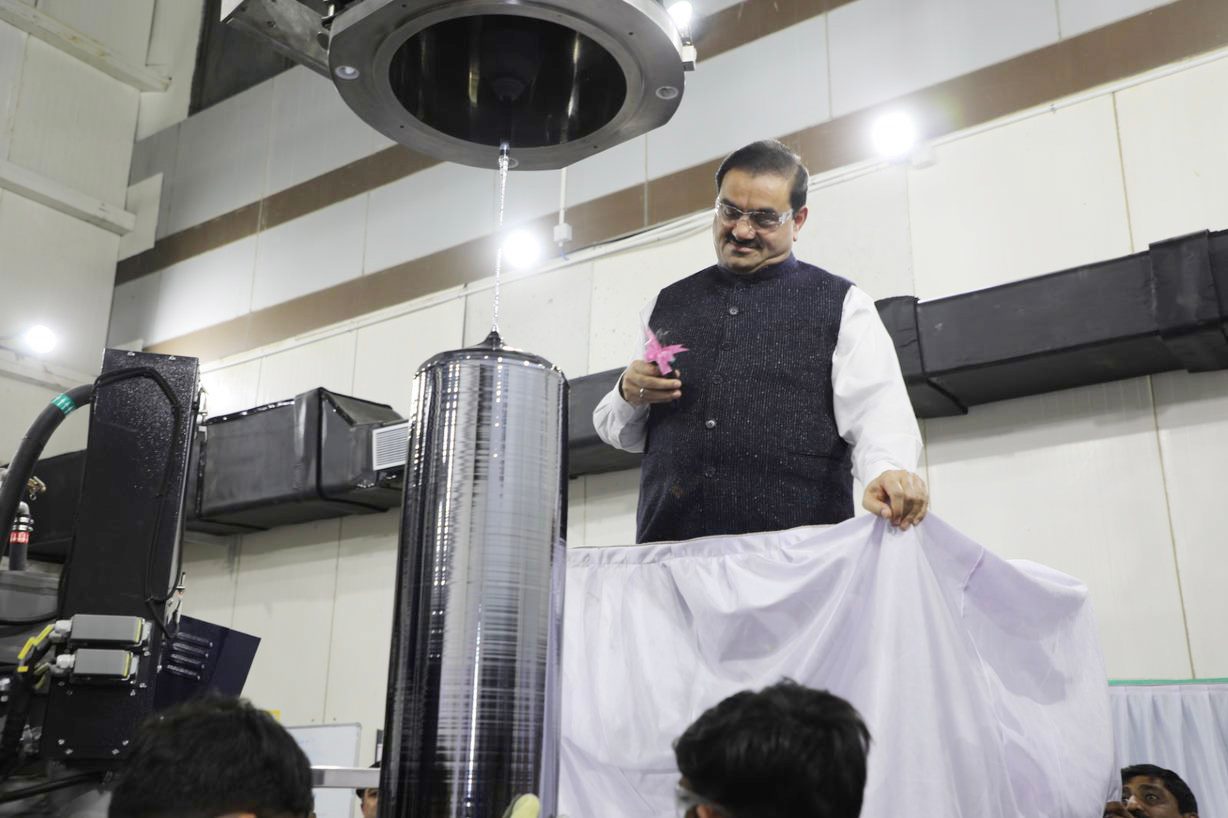
The green breakthrough
Introducing India’s first silicon ingot
Newsmakers
Adani Solar
Dipika Rathi
A
dani Solar, the photovoltaic manufacturing arm of the Adani Group, has introduced India’s first monocrystalline silicon ingot. Inaugurated by Gautam Adani, Chairman of the Adani Group at its Mundra facility recently, the new ingot is one of the best alternatives to produce electrical and thermal energy with efficiency ranging from 17% to 20%.
Adani Solar is indeed the first company in India to complete the backward integration of ingot line infrastructure in a record-breaking 6-7 months, making significant progress toward the Prime Minister of India’s ambition of self-reliant India. The new ingot manufacturing line will produce silicon ingots exclusively for their solar wafer, cells and module production. With this Adani Solar becomes the sole producer of monocrystalline silicon ingots in India which shall be a critical link in the photovoltaic crystalline silicon industry chain to make India self-reliant in the near future.
As the name implies, mono, which means one, is also known as single crystalline silicon solar panels, and it has the highest efficiency and power capacity of all types of solar panels because it takes up less space to achieve a given power capacity. In other words, a smaller number of monocrystalline solar panels would be required in a solar power system to generate the same amount of power as a larger number of polycrystalline solar panels. This makes monocrystalline solar panels ideal for people with limited roof space and marks a significant step forward for Adani Solar in manufacturing them domestically. It will assist India in expanding its domestic manufacturing sector and reducing imports.
Unveiled by Chairman Gautam Adani at Adani Solar’s Mundra facility, India’s first large-sized monocrystalline silicon ingots will drive indigenisation to produce renewable electricity from silicon-based PV modules.
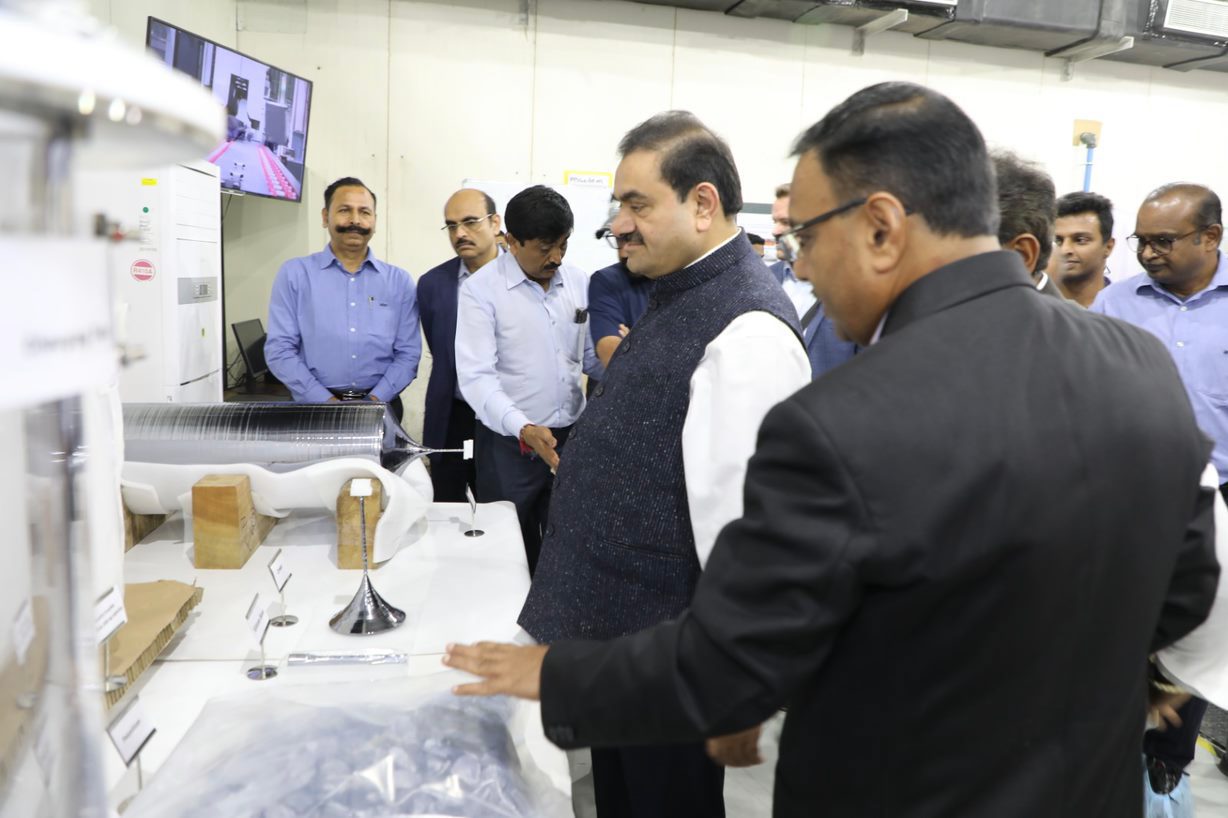
“We take great delight in being India’s first ingot manufacturer. We have made remarkable technological progress in every aspect of solar manufacturing in the past, from cells to modules, and we intend to replicate our past successes in our future endeavours as we backward integrate all the way to producing metallurgical grade silicon from quartz,” shared Dr Puneet Gupta, CTO, Adani Solar, “Our chairman’s vision is ambitious, and we are fully committed to achieving accelerated growth in this business by establishing a fully integrated and comprehensive ecosystem of 10 GW Solar PV manufacturing-an ecosystem that not only is vertically integrated but also hosts all ancillary units in the same geography.”
While the company’s initial production has already begun, it intends to add 2 GW of ingot and wafer capacity by the end of 2023. By 2025, it wants to scale it up to 10 GW.
The company is already a pioneer in silicon-based cell and module production with the first GW scale factory in India that started in 2016.
With the ramp up in its annual production capacity of solar PV cells and modules from 1.2 GW in 2017 to 4GW in 2022, Adani Solar remains India’s first, largest, and vertically integrated manufacturer.

We take great delight in being India’s first ingot manufacturer. We have made remarkable technological progress in every aspect of solar manufacturing in the past, from cells to modules, and we intend to replicate our past successes in our future endeavours as we backward integrate all the way to producing metallurgical grade silicon from quartz.”
Dr Puneet Gupta | CTO, Adani Solar
Newsmakers
Adani Data Center
The award ceremonies which were held recently saw some of the best names from the industry present on the occasion.
AdaniConnex Wins Big With Three Prominent Awards
Shreya Iyer
I
t’s raining awards for AdaniConneX! The India-based startup recently won multiple awards at two prominent award ceremonies, at the Pacific Telecommunications Council (PTC) 2023 and CIO Choice Awards 2023.
The Pacific Telecommunications Council (PTC) 2023 awards ceremony was held in Honolulu, Hawaii, and the category in which the data center won an award for the first time was the ‘Outstanding Startup Award.’ While at the CIO Choice Awards 2023, it won the awards under the category of ‘Integrated Data Center Solution’ and ‘Data Center Managed Services Provider’. The CIO Choice Award 2023 was held in Mumbai.
“We are extremely happy to have received these awards. These awards are a testament to our capabilities and our commitment to building India’s largest sustainable data center platform, helping customers scale and accelerate with confidence,” says Sanjay Bhutani, senior vice president and head of data center business.
From some of the well-known hyperscalers to enterprise organizations, over 1000 global industry leaders were present at the PTC 2023 awards ceremony and around 300 global industry leaders were present at the CIO Choice Awards ceremony. Both PTC and CIO Choice awards are globally recognized.
While PTC 2023 celebrates the outstanding achievements in the information and communication technologies (ICT) industry, the CIO Choice awards 2023 is a unique platform that recognizes and honours products, services, and solutions on the back of the stated preferences of CIOs and ICT decision-makers.
AdaniConneX which came into inception last year is a joint venture formed between Adani Enterprises and EdgeConneX with an aim to empower the digital India movement along with building robust infrastructure across the nation for data centers, networks, IT infrastructure, and applications that will enhance and boost India’s current digital abilities more sustainably. At the PTC 2023 awards ceremony, the EdgeConnex team won the Outstanding Diversity and Inclusion Champion Award.
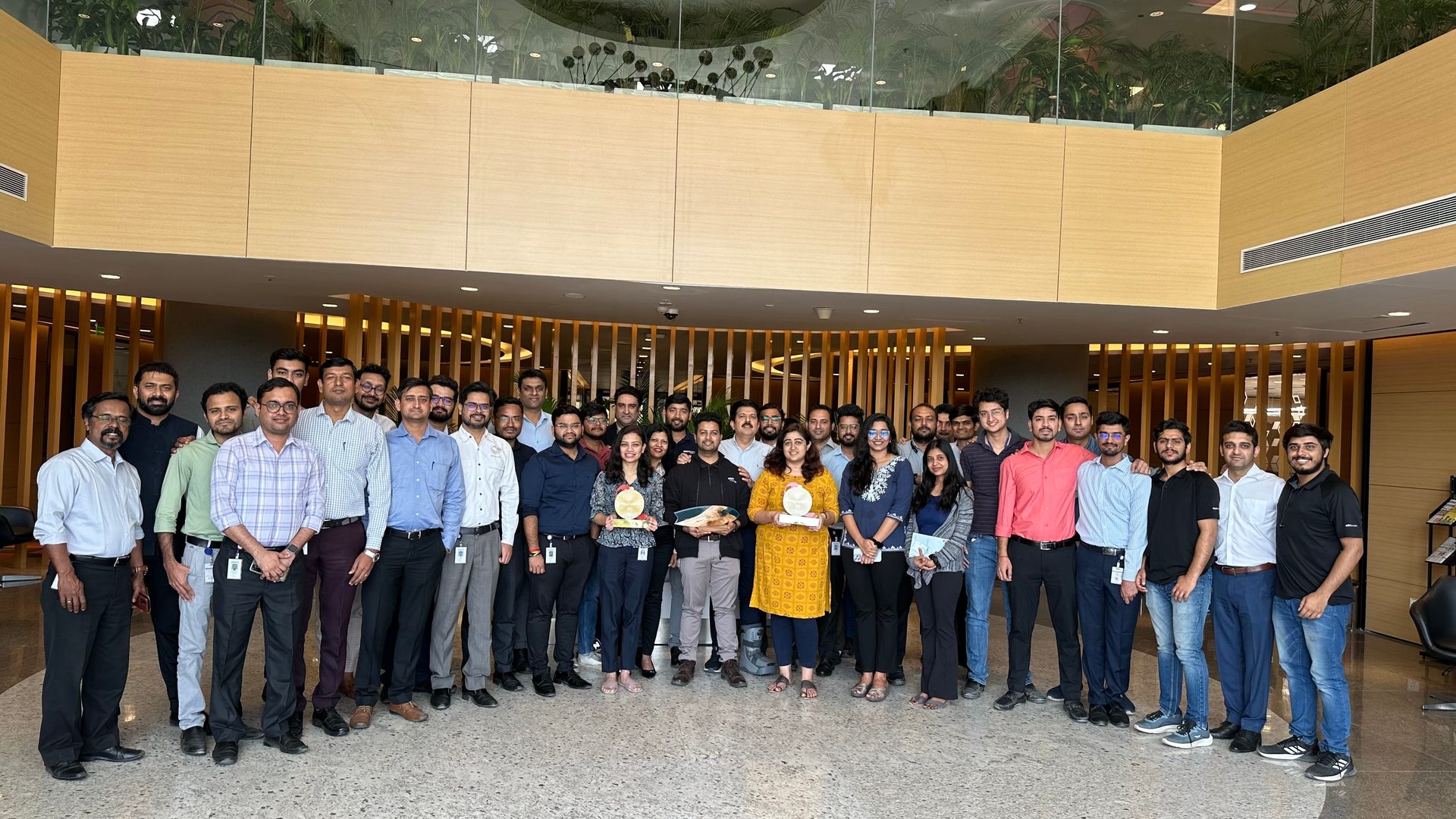
Newsmakers
Adani Transmission
ATL Is Now Single-use Plastic Free
Making Sustainability Visible
Dipika Rathi
A
dani Transmission Limited (ATL), the largest private transmission and distribution company in India and part of the globally diversified Adani portfolio, has been recognized as ‘Single-use Plastic Free’. The Confederation of Indian Industry-ITC Centre of Excellence for Sustainable Development (CII-ITC CESD), which supports the business community towards achieving sustainability, has certified ATL for its successful voluntary implementation of Single-use Plastic-Free measures within its 37 operational locations spread across 10 states of the country. The company’s compliance with certification requirements has been confirmed by on-site evaluations and an examination of the supporting documentation.
With the goal of ranking among the “Top 10 companies in the world in ESG benchmarking of electric utility companies”, ATL had initiated a slew of projects. Ensuring ATL becomes Single-use Plastic Free, was one of the projects in that direction. A total of 37 ATL operational sites, i.e., 30 substations and 7 transmission line clusters, including stores, have been certified as “Single-use Plastic Free”. This certificate is valid from 22 February 2023 to 21 February 2024. This accomplishment has strengthened ATL’s commitment to the group’s alignment with United Nations Sustainable Development Goal:12 and is in line with its ESG strategy and concerted efforts for material issues as disclosed by the company to all its stakeholders and investors via the company’s Sustainability Report.
By reducing the plastic footprint, this is an important step by ATL to make a transition towards a circular economy for plastics by 2030. With this certification in its kitty, ATL has become the first Indian electrical utility to earn “Zero Waste to Landfill certification”, “Water Positive certification,” and “Single-use Plastic Free Company” added to its laurels.
With this certification in its kitty, ATL has become the first Indian electrical utility to earn “Zero Waste to Landfill certification”, “Water Positive certification” and “Single-use plastic free company” added to its laurels.

special report
India aims to make inroads into Europe via Haifa
India’s Mediterranean Advance
Rupam Singh Gupta
T
he Port of Haifa is an important hub for international trade and has served as a crucial gateway for Israel to the rest of the world. It handles about 30 million tons of cargo per year and has several terminals to cater to the huge traffic it receives. The Adani Group intends to introduce an array of logistics adjacencies on the land available around the port, apart from expanding the bouquet of shipping services. This would range from transport and cruise-related services to high-tech digital applications in ports and logistics.
The Port of Haifa is a crucial maritime commerce link for Mundra Port, India’s best-managed port, to make inroads into the highly lucrative Asia-Europe ocean-borne trade corridor. Mundra’s reach is seen as India’s ability to deliver cargo to destinations spanning the Mediterranean through its network of ports using the Port of Haifa as the final shipping link in the chain.
India’s foothold in Israel will help increase maritime traffic between Asia and Europe, and aid the major Asian players’ need for a hub in the Mediterranean. No other country in Asia has this capacity to provide a single shipping thoroughfare that links Asia and Europe.
This acquisition will bolster trade and bilateral ties between the two nations. With this move, Israel expects more Indian investment, especially in the fields of renewable energy and defence. The Adani Group is already collaborating with leading Israeli defence companies to put up a drone-manufacturing facility in India.
The acquisition of the Port of Haifa also comes with a significant amount of real estate. And I promise you that in the years to come we will transform the skyline we see around us. The Haifa of tomorrow will look very different from the Haifa that you see today. With your support, we will deliver on this commitment and do our part to transform this city.”
Gautam Adani | Chairman, Adani Group
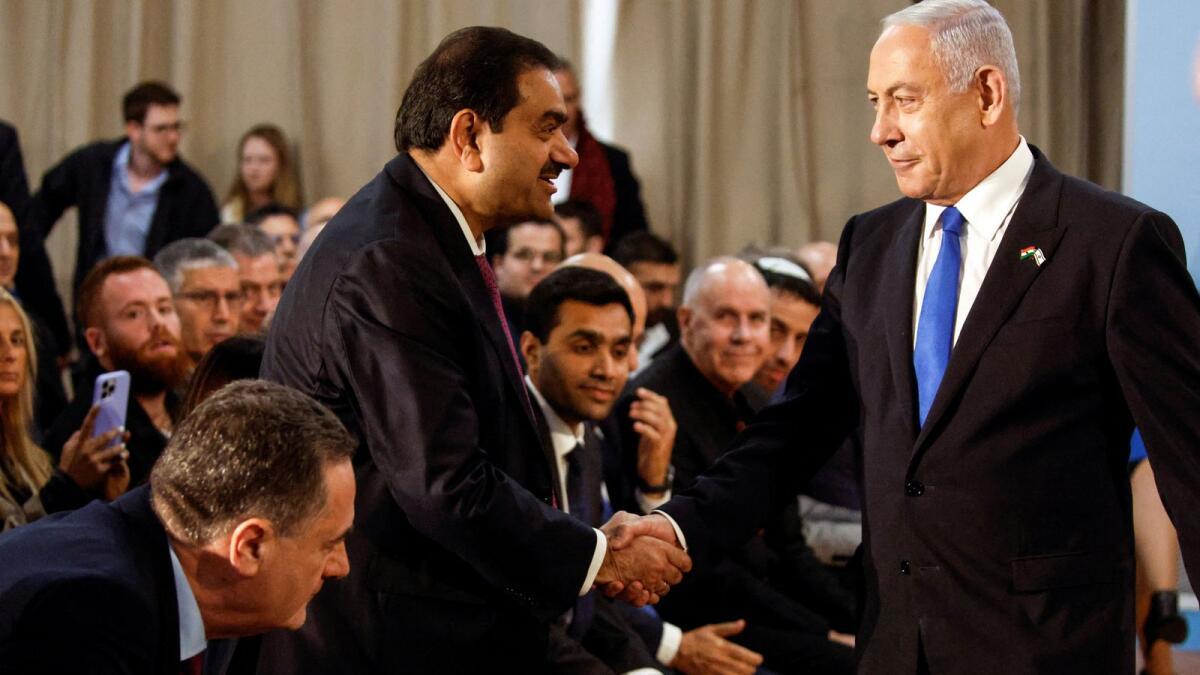
What is happening today has historical importance because what we see here is a tremendous boost for peace. We are talking to our Arab neighbours after the historical Abraham Accords of connecting the rail links of Saudi Arabia through Jordan to Haifa Port, bridging Jordan and the Mediterranean. The Port of Haifa will become the entry and exit point to a vast number of goods that will reach the Mediterranean and Europe directly.”
Benjamin Netanyahu | Prime Minister, Israel
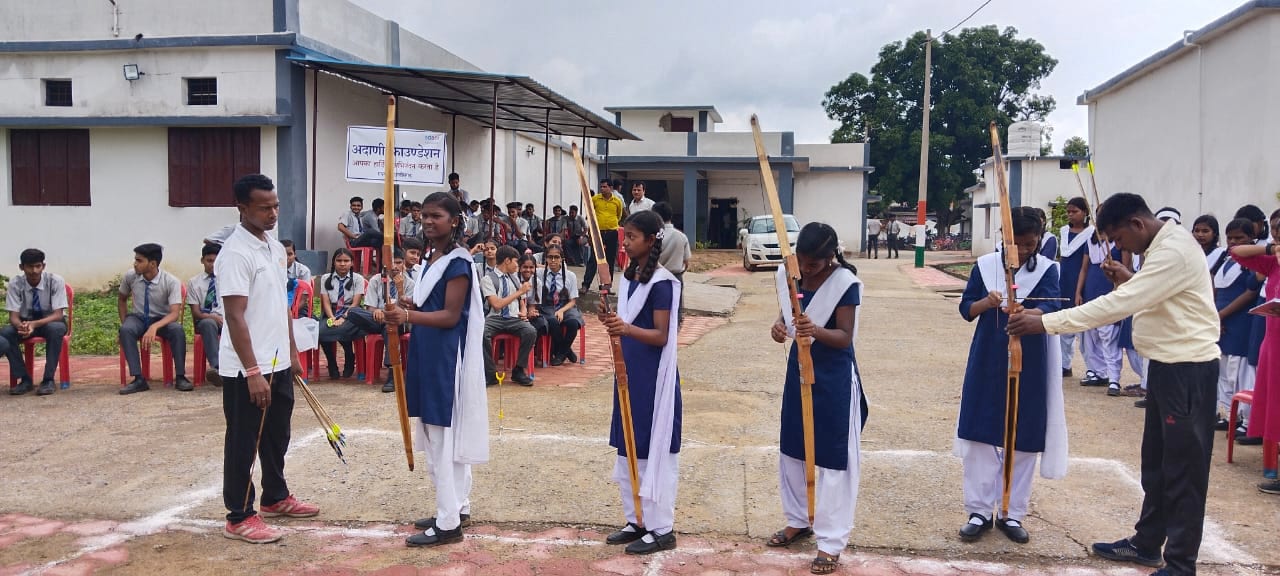
impact
For Arti and other children of Kachkoba village, their lives took a hopeful turn when the Adani Foundation spotted their liking for traditional sports.
A Nondescript Chhattisgarh Village Is Now An Incubator For Archery
Juhi Chakraborty
S
ixteen-year-old Arti Birhor always believed in staying focused and going after her dreams and that kept her motivated in life. Being able to participate in the 23rd Janjati National Sports Meet at Sonbhadra, Uttar Pradesh was that dream come true moment for her along with 11 other youngsters who competed at this national level competition.
For Arti and other children of Kachkoba village of Tamnar block in Raigarh, their lives took a hopeful turn when the Adani Foundation spotted their talent and liking for archery. Thus began a new journey for them as the Foundation curated an intervention focused on harnessing their natural talent through coaching and other facilities.
In August 2022, the CSR arm of the Adani Group started training children under 17-years of age at the Government Atmanand School, Tamnar, with the aim of motivating tribal children to take archery more seriously. This marked the beginning of archery training for 12 tribal children from the region. Under this program, archers are trained in physical qualities as well as meditative aspects.
The program proved effective when five children were selected for the division-level archery competition, followed by three children getting picked at the state level and securing 11th, 16th and 17th positions. Further, nine boys and girls in the under-14 and under-17 categories were selected for the National Janjati Sports Meet 2022-23, organized by Akhil Bhartiya Vanvasi Kalyan Ashram, which is affiliated to the Archery Association of India. Truly, a remarkable achievement.

Newsmakers
Adani Total Gas
SOUL
A Unifying Platform
Bringing together people, operational assets, business processes, and technology on a single digital platform
Arivarasu Selvaraj
G
lobal markets have undergone significant change in recent years due to events that have affected consumer behaviour, consumption patterns, business profitability, and customer share. Industries from all sectors are noticing these developments and making course corrections to account for them so they can ride the tide and take leadership roles. Due to this, businesses from all sectors have started the journey of digital transformation and transformed into product-centric businesses.
To bring about a fundamental transformation in the way Adani Total Gas Limited operates and provide value to the end customer, ATGL embarked on a journey where digital technology gets integrated into business activities. CEO Suresh Manglani envisioned this transformation path, with the main goal being to unify all technology, business processes, operational assets, and people under a single digital platform. So was born the idea for the product and solution known as SOUL.
SOUL’s goals were defined to digitise energy portfolio, innovation in business model and package the entire solution as a product for the utilities industry. By developing a completely new business operating system based on data-driven decisions, automated with simplified business processes, and creating a world-class, differentiated experience across stakeholders, including customers, partners, employees, and investors, the vision is to transform ATGL into a digital organisation. The ultimate objective is to provide an epicentre of possibilities in the utilities space with a global outreach across geographies.

SOUL is the invisible synergy that will make a visible difference in business operations.”
Suresh Manglani | CEO, Adani Total Gas Ltd
The SOUL journey began in September 2022, with the goal of bringing the solution and subsequently the product through several phases. With the ambition that has been envisioned, the first phase of the digital foundation has already been finished, which is a milestone. The journey to reach other milestones continues. From an organisational perspective, SOUL’s ultimate goal for ATGL would be to unify all company functions under a single window. As a result, organisational agility, corporate productivity, operational efficiency, threat and vulnerability reduction, increased profitability, and customer satisfaction would all significantly increase.
A global SaaS product for the utilities sector, SOUL will eventually allow customers to choose from an ecosystem of services based on their specific business needs.
SOUL’s digital platform provides capabilities to address:
- Near real-time visibility to operations across our entire business value chain and operations
- Rapid scaling through automation and reduction of errors
- Visualization of business KPIs and exception-based intelligent management
- Persona based user experience.
- Reduced cybersecurity vulnerability with protected data and infrastructure
- Facilitating the company’s transition to a net-zero future

Newsmakers
Adani Wilmar
Adani Wilmar Strengthens Its Market Leadership
By Acquiring Kohinoor Rice
The acquisition gives Adani Wilmar exclusive rights over the Kohinoor brand of basmati rice fuelling growth and widening its Food FMCG portfolio.
Shreya Iyer
I
n India, rice is not just a staple food for many regions but an emotion that connects us with some of the best gastronomical experiences we have had in our life. Not only does our country boast of some of the finest quality and varieties of rice, but there are also rice brands that have placed us on the global map. One such brand that’s reckoned with quality across many nations is the Kohinoor basmati rice.
To strengthen its leadership in the Food FMCG business, Adani Wilmar Limited (AWL) announced that it has acquired the renowned Basmati rice brand, ‘Kohinoor from McCormick Switzerland GMBH.’ AWL made the announcement through its regulatory exchange. The acquisition will give Adani Wilmar Limited exclusive rights over the brand ‘Kohinoor’ Basmati rice along with ‘Ready to Cook’, ‘Ready to Eat’ curries and meals portfolio under the Kohinoor Brand umbrella in India.
Divulging details about this acquisition, Angshu Mallick, Chief Executive Officer and Managing Director at Adani Wilmar Limited said, “Adani Wilmar is pleased to welcome Kohinoor brand to the Fortune family. Kohinoor is a trusted brand that represents the authentic flavours of India and is loved by consumers.”
Talking about the company’s business strategy to expand its presence in the food industry, Mallick further says, “This acquisition is in sync with our business strategy to expand our portfolio in the higher margin branded staples and food products segment. We believe the packaged food category is under-penetrated with significant headroom for growth. The Kohinoor Brand has a strong brand recall and will help accelerate our leadership position in the Food FMCG category.”
AWL’s acquisition of Kohinoor’s domestic brand portfolio would strengthen the former’s leadership position in the FMCG category by augmenting a strong product basket with the premium brand along with the potential to scale value-added products.
The acquisition will further leverage the reach of the Kohinoor brand to drive synergies for AWL across geographies and complement the reach of its flagship brand ‘Fortune’ in the Food FMCG domain, fuelling the next level of growth and widen its portfolio to cater to the premium customer segments across rice and other value-added food businesses.
Adding the Kohinoor brand to their evolving and expanding brand, AWL is poised to become a formidable player as the brand portfolio comprises, ‘Kohinoor - premium Basmati rice, “Charminar - the affordable rice brand, and ‘Trophy’ for HoReCa segment.
Through this acquisition, AWL will strengthen its position with a 12% market share in basmati rice. AWL’s Fortune had a 6.5% market share and Kohinoor’s 5.2% . However, even after the buy, the combined entities will trail the market leaders India Gate, which has a 33% market share, and Daawat, which has about 23 % market share.
“The addition of Kohinoor’s domestic brand portfolio strengthens Adani Wilmar’s leadership position in the Food FMCG category by augmenting a strong product basket with premium brands along with the potential to scale value-added products,” Adani Wilmar said during the stock exchange filing.

people
A melting pot of generations
The age diversity in the current workforce is the widest ever with employees working side-by-siderepresenting four to five generations.
Bottom line, in some important ways, we are not so different. We all want the same things when one comes down to it: happiness, fulfillment, appreciation, security. These are all universal goals that most of us share. But when it comes to certain values, attitudes and expectations, there may be some significant differences in how members of different generations approach their lives, especially in the space of work. But one who is willing to learn, question and disrupt things like the young and conduct business like the elders at any stage of life will be the archetype of a future employee, whatever be their age or generation.
Dipika Rathi
Today’s workforce is highly multigenerational. Look around and you will find people of various age groups in your team and organization. Each generation grew up in a different context and, as a result, has different work expectations. The political and social climate (the two world wars, India’s independence, the green and white revolutions, the pandemic, etc.) have also influenced the values of each generation at that time.
Rightly so, the people of each generation have something to teach and something to learn, unlearn and relearn. The behaviour of different generational cohorts may differ, with some choosing to work remotely over commuting, while others may prefer to work traditional office hours over flexible ones, etc.
However, labelling or stereotyping any demographic or generation is passé as organizations now seek to be inclusive. They see that, to achieve generational inclusion in the workplace, one must take time to understand the values of the generational group. What further helps to appreciate their different attitudes, viewpoints and motivations is comprehending the backstories and perceptions that surround a particular group of people or generation. Moreover, we need people of all generations to make an organization constructive. When the traditionalist’s ‘getting the job done’ attitude, the baby boomer’s teamwork skills, the xennial’s self-reliance, the millennial’s multitasking abilities and the iGen’s entrepreneurship are combined, these qualities create a powerful workforce that is able to handle any challenge that comes its way.
“Learning how to manage a multigenerational workforce is now very important, more than ever.”
As the workforce continues to shift and change, the Adani Group is preparing itself to manage a multigenerational team with varying needs, values, and priorities.
“We are a blend of employees from different generations, like the baby boomer generation, Generation X, Generation Y or millennials, and Generation Z.
In the coming years, we could be potentially working with teams of people from four to five different generations at the same time, which is why learning how to manage a multigenerational workforce is now very important, more than ever.”
Rajiv Arora | Human Resources
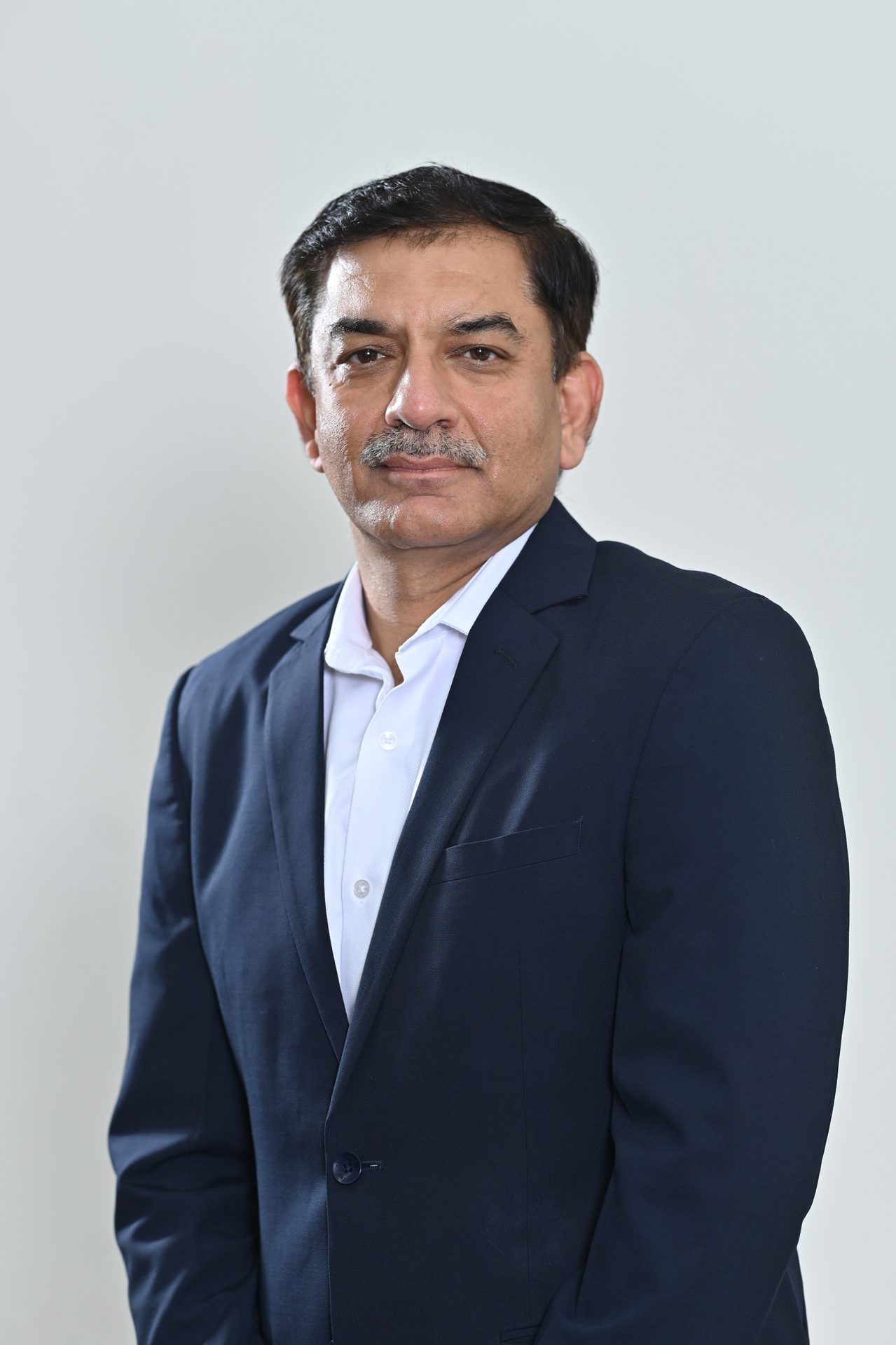
“I feel privileged that during my professional career, I relate to talent of the next three generations.”
“Belonging to the baby boomers’ generation, I feel privileged that during my professional career, I relate to talent of the next three generations. We are living in the age of accelerated transformation in Industrial Revolution 4.0 where Big Data, IoT, AI and ML are a few key driving factors for an organization’s growth. But to unlock greater team cohesion, it is necessary to bridge the generational divide by being inclusive, creative, curious, adept with technology, anchored in the present and filled with a clear growth mindset to push one forward. A multigenerational workforce is truly powerful only when each individual can bring their best self forward and not feel a need to conform. We don’t need just speed and agility but also detail, diligence, thought leadership and wisdom for an organization to excel.”
Nairuti Pathak | AMG Media Networks
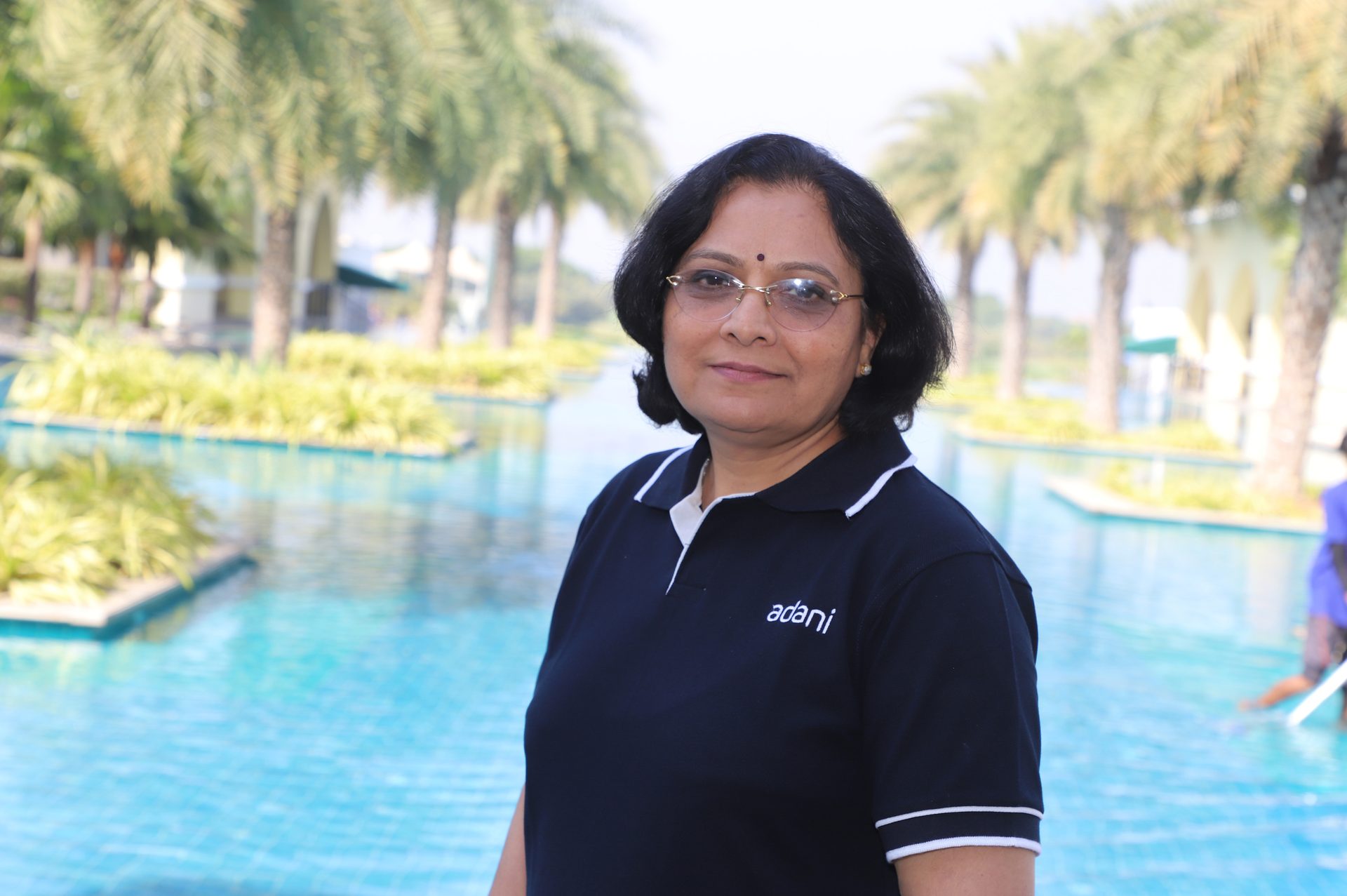
Baby Boomers
(1946-1964)
Born in the era when Independence was still fresh, Baby Boomers have a lot of pride in ‘nation-building’.
Baby boomers refer to a generation of people born between 1946 and 1964. It is the generation that has witnessed India’s independence, disease outbreaks, blackouts during the India-Pakistan war, Mahatma Gandhi’s assassination, and the moon landing—making them hard-working and focused. By virtue of being born in a period of high birth rates, baby boomers grew up competing in school, society, and the economy. In addition to being competitive, they are resourceful and confident to handle matters themselves. They are a mature demographic and have been a part of the workforce for over five decades now.
“Youth and experience together will drive the digital agenda
of
the organization.”
“When I started my career, we were in the client-server world and then internet happened. This was followed by the cloud and now we have several other technologies that will play a crucial role in making our digital transformation a success. It is essential that we are on top of these so that we can smartly and wisely use the right technologies to solve problems.
A mindset of continuous learning and experimentation, and desire to be hands-on with technology will be required for this. Apart from the technology, I am also seeing the workplace evolve, with more and more young and tech-savvy professionals joining us every day. Youth and experience together will drive the digital agenda of the organization when people of different generations will play their respective roles.
Our culture and policies also must evolve to match that of a truly world-class digital organization, so that we can keep people from all generations engaged and motivated.
Sudeep Dwary | Information Technology

Generation X
(1965-1979)
Born to a ‘baby-boomer’, Generation X was brought up in a culture that celebrated frugality.
Born between the mid 60s and 1980, Generation X watched their parents work incredibly hard and long. This motivated Gen Xs to seek a healthy compromise, whereby work and lifestyle are flexible and balanced, satisfying their financial, family, and personal needs. Ideally, they are known for their independence and adaptability. Where boomers have the experience, Gen Xs also have the qualifications. They’re tech-savvy and open to change as they were brought up in an era of technological and social change. This eventually made them an adaptable and fiercely independent generation. They are more peer-oriented than previous generations striving hard for a balanced work and family life.
“No matter what stage one’s life is at, our basic generational traits and attitudes remain the same.”
“Not very long ago, but a decade, experience was a key enabler to run a program or a company but that has been commodified now. Today, we learn from each generation -- for instance, patience from the baby boomers, what’s trending from Gen Z, and risk taking appetite from Gen X.
Being a native digital generation, millennials behave and learn differently due to their lifelong relationship with technology. But every generation, with its consistent ‘generational personality’, grows older, moving through every life stage. No matter what stage one’s life is at, our basic generational traits and attitudes remain the same.”
Gaurav Bhatele | Business Development
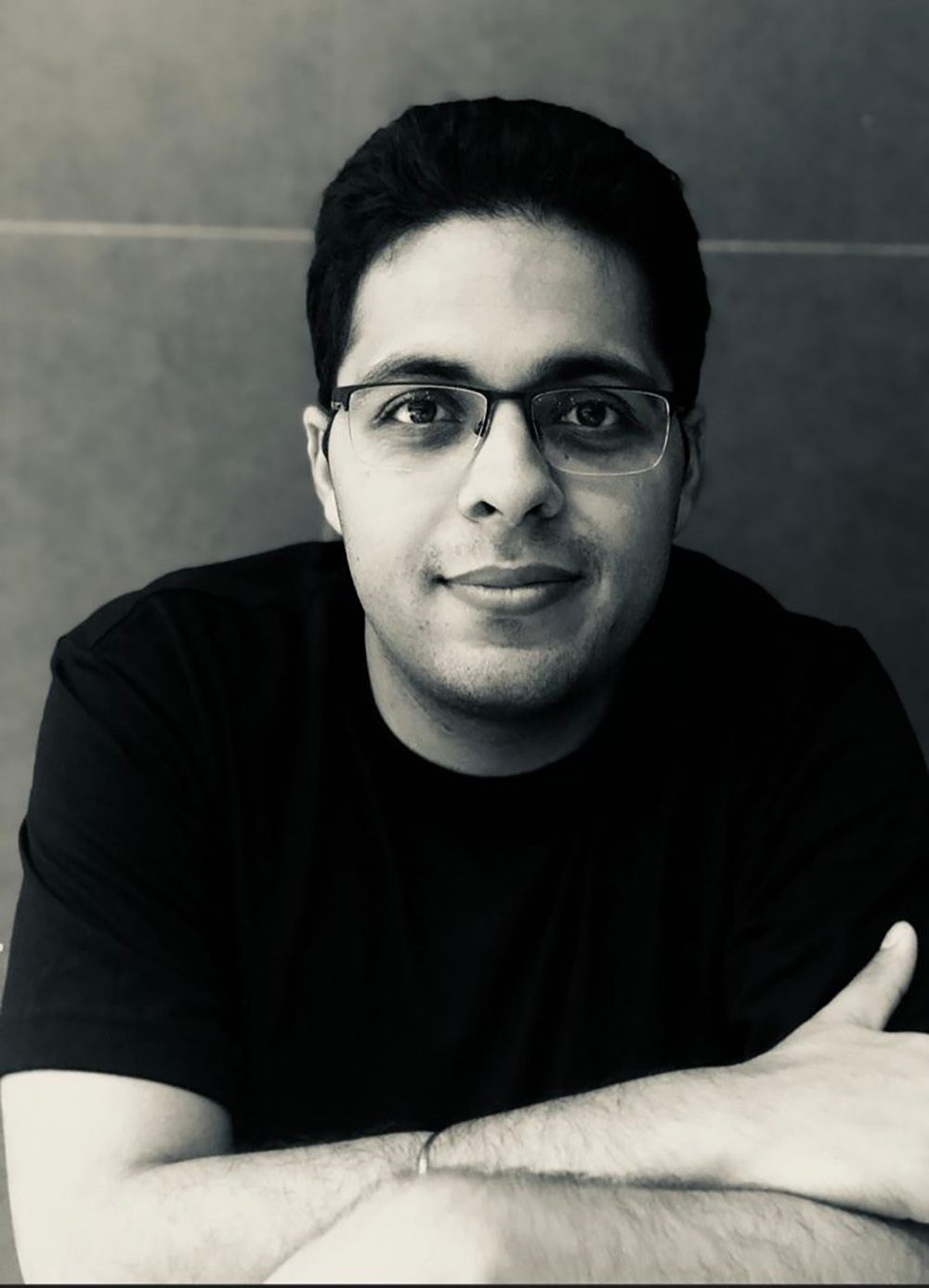
Generation Y
(1980-1994)
The revolution was shaped by the millennials or Generation Y. Also known as digital natives, millennials had technology as a part of their everyday lives.
The most discussed generation since, well, ever. Their spotlight isn’t going to be over anytime soon either. It’s been five years now that the millennials surpassed Generation X and the baby boomers to become the largest generation in the current workspace. They make up 35 percent of the workforce, no wonder so much hasa been hypothesized about them—from tips on managing millennials to parody videos about millennials’ alleged annoying habits. The oldest millennials are set to turn 45 in 2025, and many have been in their careers for some time now. As millennials continue to mature, their priorities have shifted from the stereotypical fun perks, job-hopping and rapid promotions to stability, better core benefits, and greater job satisfaction.
“We are very comfortable in diverse environments, and uniformity at work is a red flag.”
“I come from a generation where we’re not afraid of being wrong and are ready to tackle problems that we probably might not win. We are very comfortable in diverse environments, and uniformity at work is a red flag. It comes from the way we’ve grown up. When most people are from the same background, it is harder to bring fresher perspectives. While working at Adani, it’s my privilege to learn from my Gen X counterparts on how they manage their time and plan well. Procrastination seems like something we have invented; it doesn’t affect them at all. The clarity of thought that baby boomers have when making a decision is simply admirable. When they make a choice, it is always backed either by firm belief or logic, very few ‘maybes’ and ‘ifs’.”
Achintyaa Tewari | Business Development
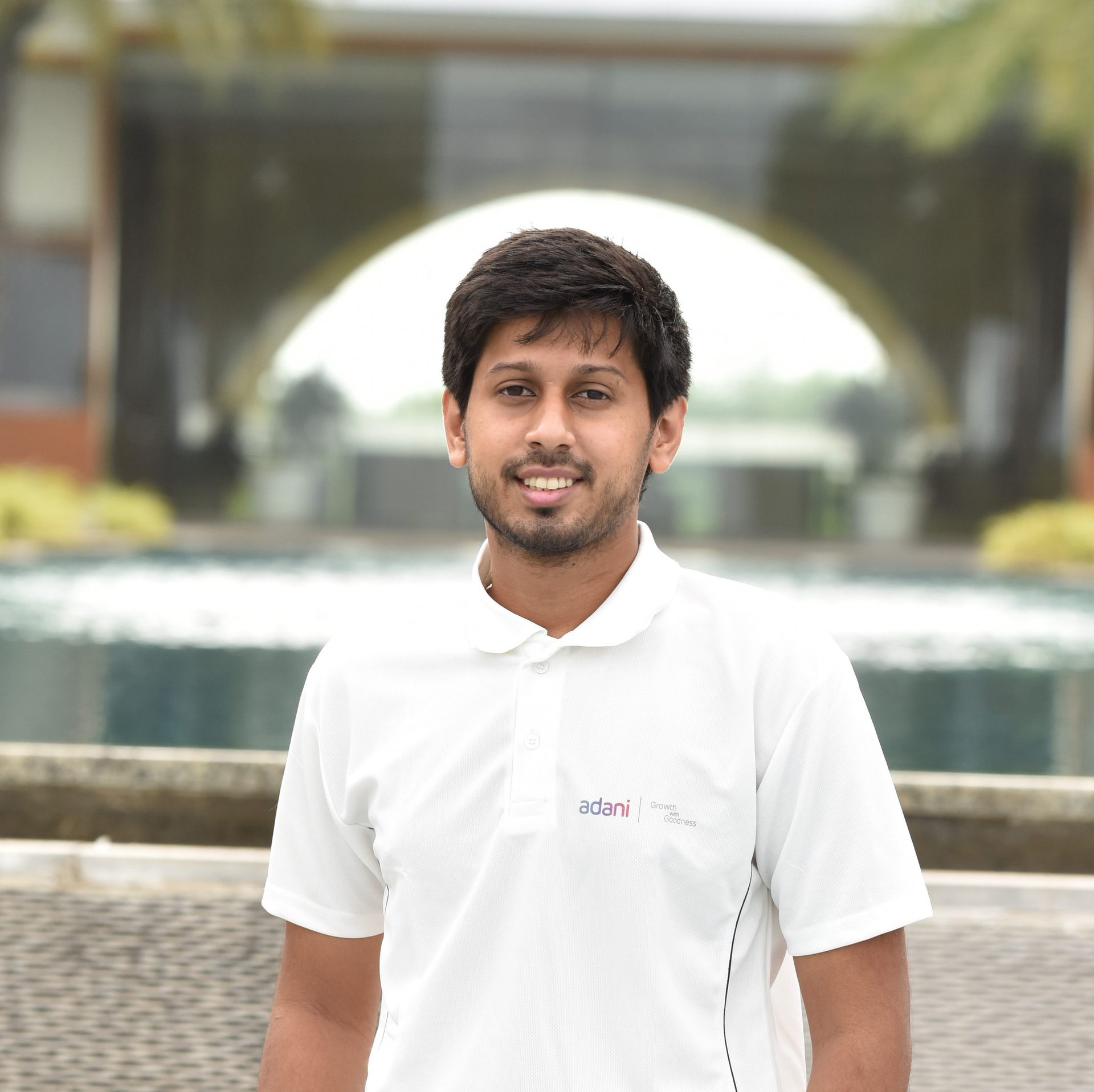
Generation Z
(1995-2012)
Labelled as centennials for having been born into the world at the turn of the century — they arrived with a tablet and a smartphone in their hands.
Also referred to as iGens, this generation was raised in the lap of technological advancements. Members of Gen Z were just beginning their career journeys when the pandemic shook the world upside down. But being technologically advanced, they could easily adapt and fall the right way into the virtual system. This is a generation of the youngest and future employees who are focused on learning with a purpose—they need to see how things tie back to the ultimate objective, otherwise they are not really interested. Akin to the generations before them, Gen Z members are hungry for information, more adept with technology, and thrive in collaborative environments.
A common source of confusion when labelling generations is their age. Generational cohorts are defined by birth year, not current age. The reason is simple — generations get older in groups.
Newsmakers
Adani Airport Holdings
Steep Rise In Passenger Traffic At Mumbai Airport
After surpassing the pre-COVID levels in January this year, the Mumbai International Airport recorded over 4 million passenger footfalls in February.
Shreya Iyer
If there’s one thing that many of us missed during the pandemic, it was the joy of travelling. However, it now seems that most people are making up for lost time by travelling to well-known, exotic, and even lesser-discovered places, both domestic and international. With the steady and rapid rise in air travel post the pandemic, airports have introduced newer flights connecting newer destinations along with more connecting flight options, leading to a steep rise in air passenger traffic at airports since last year.
The year 2023 certainly started on a positive note, as Mumbai’s Chhatrapati Shivaji Maharaj International Airport (CSMIA) handled over 4 million passengers in February 2023, once again surpassing the pre-covid passenger mark. In January this year, the passenger traffic crossed 4.5 million. While the rise in the number implies a robust demand for air travel through Mumbai, the increase in the volume can be attributed to the growing demand for domestic and leisure travel to various segments across the nation and even internationally.
CSMIA catered to this humungous volume of passengers across 24,292 flights, almost 57% higher compared to the flight movements recorded in February 2022. When compared with the pre-covid traffic levels recorded in February 2020 (3.9 million) and February 2019 (3.7 million), this year the airport achieved 2% growth, post-covid. The overall domestic air passenger traffic touched 4,37,800 on 2,935 departures in a single day across India on February 12.
Talking about achieving this new high in the post-covid times, the civil aviation ministry said, Indian Aviation has reached new heights as domestic aviation operations soar higher with the highest ever post-Covid passenger movement. We are looking forward to soaring higher in the coming months and serving several passengers across the nation.”
While Dubai, London, and Abu Dhabi have firmly held on to their places as the top three international destinations with the highest passenger traffic through Mumbai, New Delhi, Bengaluru, and Goa continue to retain their position as the top three preferred domestic destinations. Currently, CSMIA is a gateway to 65 domestic and 47 international destinations for passengers from Mumbai and its surrounding areas. With the summer and vacay season just around the corner, CSMIA is well-prepared to meet the growing demand of passengers and is relentlessly working towards giving every passenger the best-in-class travel experience, with the therapeutic shopping experience, wholesome dining, access to lounges, and Pranaam services.
And while the number of air passenger traffic crossed over 4 million in February 2023 at the Mumbai International Airport, the remaining six Adani-managed airports also saw an increase in both domestic and international travellers over the last year. All the Adani-managed airports saw an increase of 92% in domestic and 133% in international travellers pushing the air traffic to touch the 100% mark as compared to the previous year. Over the last year, around 14.25 million passengers used these airports taking the number to pre-pandemic levels, as per a report published in the Business Standard.
According to Adani Airport Holdings Ltd (AAHL), this upward trend is expected to continue, and it is anticipated that the number of trips people will take in a year will increase. One of the factors driving this growth is the restart of tourism after the pandemic.
The first two months of 2023 also saw a huge rush at the Sardar Vallabhbhai Patel International Airport (SVPIA), Ahmedabad, with 1.74 million domestic passengers and 283,379 international travellers flying in and out of the airport.
Touted to be the 11th busiest airport in the country, Jaipur International Airport (JIAL) recorded nearly 69,300 international and around 0.88 million domestic passengers. Lucknow’s Chaudhary Charan Singh International Airport (CCSIA) recorded nearly 1.04 million passenger movements in both months, with nearly 136,880 international and around 9.03 lakh domestic passengers.
With 32 domestic and two international flights, the Lokpriya Gopinath Bordoloi International (LGBI) Airport (Guwahati) recorded a footfall of 902,694 passengers.
Thiruvananthapuram recorded 299,850 and 299,770 domestic and international footfalls, respectively with the airport connecting 10 domestic and 12 international destinations. The Mangaluru International Airport also saw increased traffic of 209,713 national and 84,356 foreign travellers.
Well, with newer destinations opening, it’s time to take that much-needed break to rejuvenate, refresh and reboot.
leaderspeak
Turning
A New Page
Group CHRO Vikram Tandon uses empathy and business acumen in equal measure to drive change and firmly believes in people being the most critical component in business.
Dipika Rathi
The world turned the tide against the pandemic in 2021. The year that followed was dominated by the need to adjust to new realities while 2023 has been a year of navigating turbulence with aplomb. This will be a year for the Indian economy to strengthen its position on the global stage. The talent world has turned upside down and it has been a revolution, for good or bad only time can decide. However, the pandemic has certainly been the catalyst for people to seek what they desire, do what they want and give health, family and life utmost importance. “We are a people-driven world, and it took us a pandemic to realize it. But it’s better late than never when COVID-19 has evolved a new working culture, which is here to stay,” avers Vikram Tandon, Group CHRO, Adani Group.
Here are some excerpts from the conversation:
Beyond The Purpose Of Life
A conscious, local and healthy lifestyle has become as important to employees as finding a sense of purpose in their work. With the workforce heading back to the office after working in silos for months together, the need to foster connections and to feel a part of a community is at an all-time high. And so, we are working tirelessly to ensure that the needs of the employees are at the forefront, an environment of trust is created that strengthens the sense of identity with the community. Overall, being part of a diverse community offered by workspaces like ours leads to higher levels of productivity, opens doors to collaboration opportunities and elevates general well-being.
Diversity, Equality And Inclusion
Moving the bar seems to be a very pertinent HR priority. When it comes to diversity, our team members must be as diverse as the consumers we serve, which is why we are focused on recruiting diverse talent as well as fostering a culture of inclusion.
Bridging Gaps
For the first time in decades, the workplace is filled with five generations working under one roof. Each generation has different values and methods of working. While they learn from each other, they are constantly inspiring, empowering and enabling each another to innovate under a single roof. They work side by side toward shared economic and commercial goals. However, the way they are motivated or what engages them or lifts their spirit is quite different, but it isn’t rocket science. Today’s employers have geared to adapt to each generation’s working style while trying to figure out how to meet their needs. A perfect team is built not just by common facets of diversity like gender, differently abled, and cultural background but also with age diversity.
Post-COVID: Transformation In Work Culture
Remote work has relaxed the traditional rules of professional presentation and has given us a virtual workplace that is not only more flexible, but also more humane. One can work with people on any time-zone and being professional has changed as the culture today enables one to bring one’s authentic self to work. A downside is that work is now 24*7 which can take a toll at times.
To maintain a work-life balance, it is my advice to my co-workers to work hard but to enjoy small moments in between. When you need to switch off, switching off in a quality way is very important.
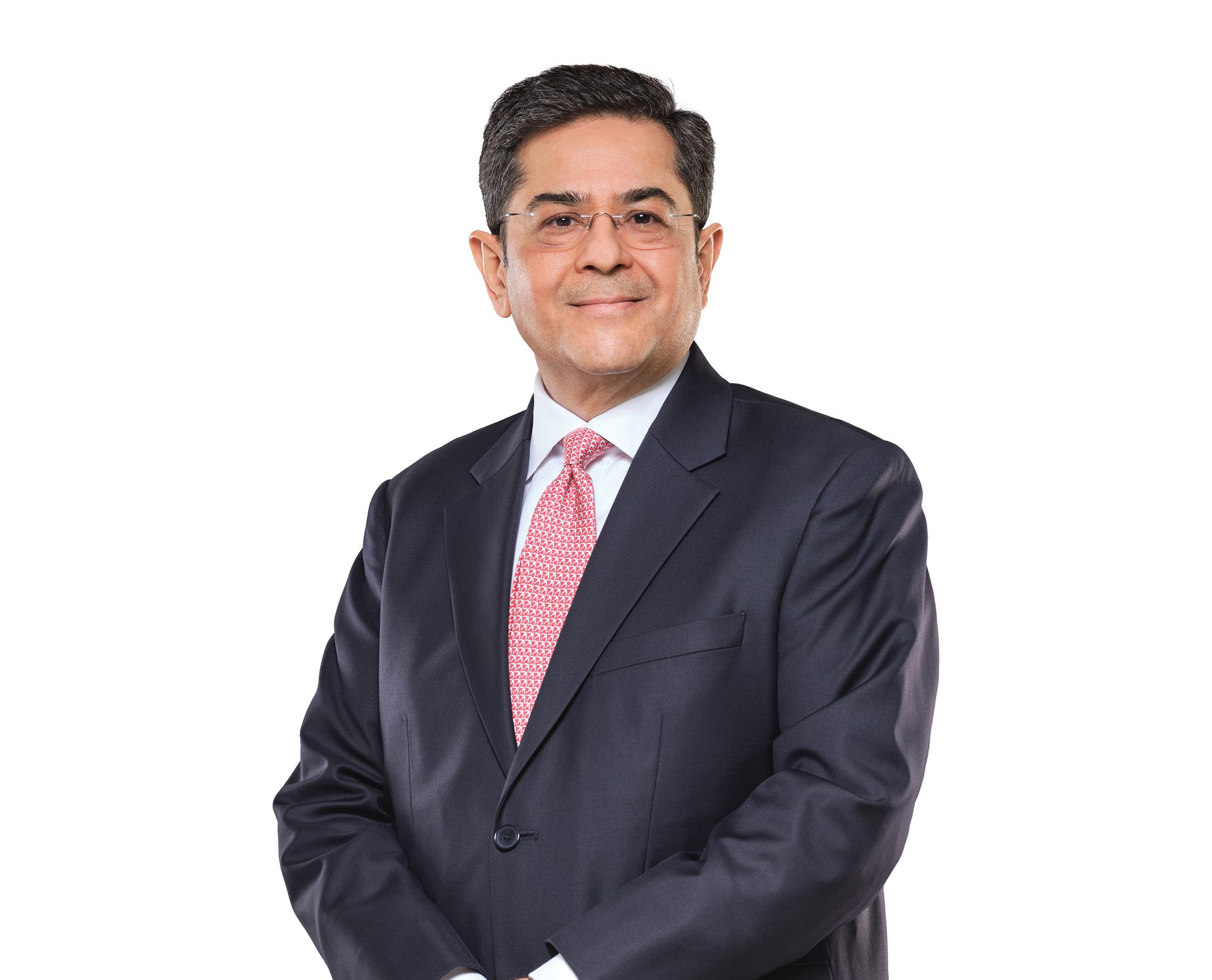
We are a people-driven world, and it took us a pandemic to realize it. But it’s better late than never when COVID-19 has evolved a new style of working culture, which is here to stay.”
The Big Shift
COVID-19 has brought unprecedented human and humanitarian challenges. Organisations around the globe have risen to the occasion, acting swiftly to safeguard employees and migrate to a new way of working that even the most extreme business-continuity plans had not envisioned. Remote working, flexible timings, employees choosing what they want to work on to taking time off for their well-being and family—it’s been a fundamental shift.
Surprisingly, across industries, leaders and employees alike adapted swiftly to working from home to a hybrid model in a creative and bold way. It was surprising how everyone smoothly adopted quick and effective technologies for video conferencing and other remote forms of digital collaboration. For many and, of course, for the Adani Group, the results have been better than imagined.
Changing Dynamics
The pandemic has shifted the dynamics of the workplace. We have heard of the Great Resignation in the IT industry. It is because the employees were questioning (and still ask) why they are doing what they are doing. Finding and driving purpose is a key priority for employees in the real world today. They now want to do only the work which brings them satisfaction and if it aligns with their purpose of life. In response, the workplaces are going all out to ensure continuity and fluidity between in-office work and remote work as well. Organisations that went out on a limb to support and step in wherever employees needed during the pandemic have retained their best talent and attracted the best talent too.

spotlight
Ranchi girl sets a new world Record
Smita Kumari has set a new Guinness World Record in an exceedingly tough yoga position.
Shreya Iyer
Most people cannot do a center split, much less stay in that position for more than a few minutes. The center split is considered one of the most difficult positions to learn, master and maintain. However, it is a necessary sub-routine on the path to expertise in disciplines like yoga, ballet, dance, gymnastics, and the martial arts.
An Indian yoga instructor has now set a world record in maintaining this difficult position. Ranchi-based Smita Kumari was recently acknowledged by Guinness World Records for setting a new world record for holding the center split – (Samakonasana, Yoga) – pose for a record 3 hours 10 minutes and 12 seconds. The record setting effort took place in Ahmedabad.
“Growing up, I never thought of working as a yoga instructor, let alone set a world record,” says an elated Smita Kumari, who is presently an in-house yoga instructor with the healthcare department at the Adani Group.
Smita, had always aimed at joining the IES (Indian Economic Service) and was preparing for Master’s in Economics when fate intervened.
“After completing my graduation in Economics from Ranchi University, I had applied for my Master’s in Economics and was awaiting the results,” says Smita. “With an aim of not wasting a year if I didn’t get through, my elder brother suggested that I enroll for a diploma in Yoga Science, and that U-turn changed the course of my life,” she shares.
With no grounding at all in yoga, the 29-year-old had to overcome several challenges to find her footing in this field. “It would dishearten me to see others holding a yoga pose for hours when I couldn’t be in one asana for more than two minutes during the initial days of my training. Post finishing my classes I would stay back and practice asanas till I perfected them,” says Smita.
Slowly, as she found her footing, her interest in the subject was piqued leading her to pursue Master’s in Applied Yoga and Human Science from Dev Sanskriti Vishwavidyalaya, Uttarakhand where she was conferred with a gold medal.
In 2019, she joined Adani Enterprises Ltd, Ahmedabad, as a professional yoga instructor. “Just like how yoga was never a planned part of my goals, moving to Ahmedabad was also the same as this move proved a life-changing experience for me. I even found a family in my colleagues,” shares Kumari.
Like every major decision of Smita’s life was accidental yet rewarding, aiming to set a world record was also unplanned. “Last year, while talking to a senior colleague, I decided to set a world record. As I started my research, I came across many national and international record books and decided to apply for the Guinness World Records,” she says.
For Smita, holding the center split pose was challenging since her graduation days but she decided to go ahead with it as there was no one who had attempted to hold this pose for the Guinness World Records. “During the first practice session I could hold only for 16 minutes and by the 10th day of my practice session I was able to stay in the position for an hour,” she says exuberantly.
Cramps and muscle soreness would often dampen her spirits. But controlling her mind and heart was her toughest enemy on this journey. “Chanting OM, Gayatri Mantra, and Hanuman Chalisa helped me stay focused even when I was internally whining in pain,” she adds.
As she progressed with her research and practice, she realized that there are many aspects that needed her attention. “From registration, initial paperwork, and fee payment to the final day event prep, a lot of work was involved, which would often distract me during practice sessions, even at work. But when I informed my colleagues about my initiative, they proactively helped me in every way possible.
That’s when the Adani Sportsline team intervened to assist Smita. From financial to emotional, the Adani Sportsline team along with the in-house physiotherapist and dietician helped me plan out my journey meticulously, till the event day,” shares Smita.
Along with her family, her team members were also cheering for her with gusto every time they saw even the slightest discomfort on her face during her D-day. “My workplace has given me my strongest cheerleaders and I will always be grateful for everything they have done to help me achieve the unthinkable.”
My workplace has given me my strongest cheerleaders and I will always be grateful for everything they have done to help me achieve the unthinkable.”
Digital Transformation: The Magic Wand
trends
Vedika Hardikar
I
n today’s fast-paced and ever-changing business landscape, digital transformation has become a critical element of a company’s growth and success. Digital transformation refers to the integration of digital technology into all aspects of a business, from operations to customer service. Market data over the last two decades shows conclusively that companies that embraced digital transformation hold a business advantage over their rivals.
Let us examine some of the many benefits that accrue from digital transformation.
Better Customer Experience
In today’s digital age, customers expect companies to provide a seamless, personalized experience across all channels, including online and offline. A critical benefit of digital transformation is an enhanced customer experience. By leveraging technology, companies can better understand their customers’ needs and preferences and tailor their products and services accordingly.
Video-on-demand streaming platforms like Hulu and Netflix are excellent examples of companies that have leveraged digital transformation to greatly enhance the customer experience. Using data analytics to gain insights into customer behaviour and preferences, these anytime entertainment providers personalize their marketing messages and deliver more targeted and relevant content. This digital strategy helps these companies to build stronger relationships with their customers, increase loyalty, and drive revenue growth.
Greater Agility & Flexibility
Digital transformation also enables companies to respond quickly to changing market conditions and customer needs. By adopting agile methodologies, companies can deliver products and services faster, test and iterate quickly, and respond to feedback in real-time. This enables companies to stay ahead of their competitors and quickly pivot to new opportunities as they arise. For instance, cloud-based solutions can be used to scale up or down quickly, depending on demand, allowing companies to be more responsive to changes in the market.
Direct services aggregators like Grab and Uber are examples of companies that have leveraged digital transformation to be more agile and flexible. By leveraging technology, these diversified service platforms have been able to quickly adapt to changes in the market and customer needs. The introduction of UberEATS and GrabFood were digital initiatives that helped these companies respond to changing customer preferences and diversify their revenue streams. This has helped Grab and Uber to stay ahead of their rivals and maintain their position as market leaders.
Innovation and New Revenue Streams
Digital transformation can also provide companies with new opportunities for innovation and revenue growth. By leveraging the extended subsets of technology, companies can develop new products and services that meet changing customer needs, preferences and expectations. For instance, companies can deep dive into the usage data they collect and use analytics and artificial intelligence to bring out new and innovative lines of products and services.
Apple and Samsung are global examples of companies that have harnessed the power of digital transformation to drive innovation, marketing and revenue growth. Apple’s introduction of the iPhone revolutionized the smartphone market and created a new and massive revenue stream for the company. On the other side of the operating system divide, Samsung has led the rest of the pack with a similar focus on applied transformative technology in the digital space. By exploiting technology, both Samsung and Apple have continued to develop new products and services, such as accessories like the Apple Watch and Samsung Gear as well as innovative smartphone models, to drive revenue growth and stay well ahead of the competition.
Better Decision Making
Digital transformation also enables companies to collect, analyse, and act on data in real-time. By adopting data-driven decision-making processes, companies can make better decisions based on accurate, up-to-date information. This leads to improved business outcomes, reduced risk, and increased competitiveness.
In conclusion, digital transformation helps companies to stay competitive and adapt to the evolving market. Companies that fail to invest in and embrace digital transformation risk falling behind their competitors and losing significant market share. However, digital transformation is not just about technology. It requires upskilling together with a cultural shift within the organization. Leaders must be willing to accept change, foster a culture of innovation, and also invest in their employees’ digital skills. This requires a long-term commitment and a willingness to invest in technology and training.

Improved Efficiency and Productivity
One of the most significant benefits of digital transformation is improved efficiency and productivity. It enables companies to automate manual processes, streamline operations, and improve efficiency. By adopting digital technologies such as artificial intelligence (AI), machine learning (ML) and robotics, companies can automate repetitive tasks, reduce errors, and free up employees to focus on more strategic tasks. This can help companies to reduce costs by a remarkable degree, better their output, and achieve more with fewer resources.
Online marketplaces like Flipkart and Amazon are great examples of companies that have embraced digital transformation to improve efficiency and productivity. Their use of robotics in their warehouses has allowed them to streamline their operations, reduce errors, and speed up delivery times. By automating tasks that were previously done manually, these online retail giants have been able to improve their efficiency, reduce their costs, and increase their productivity.
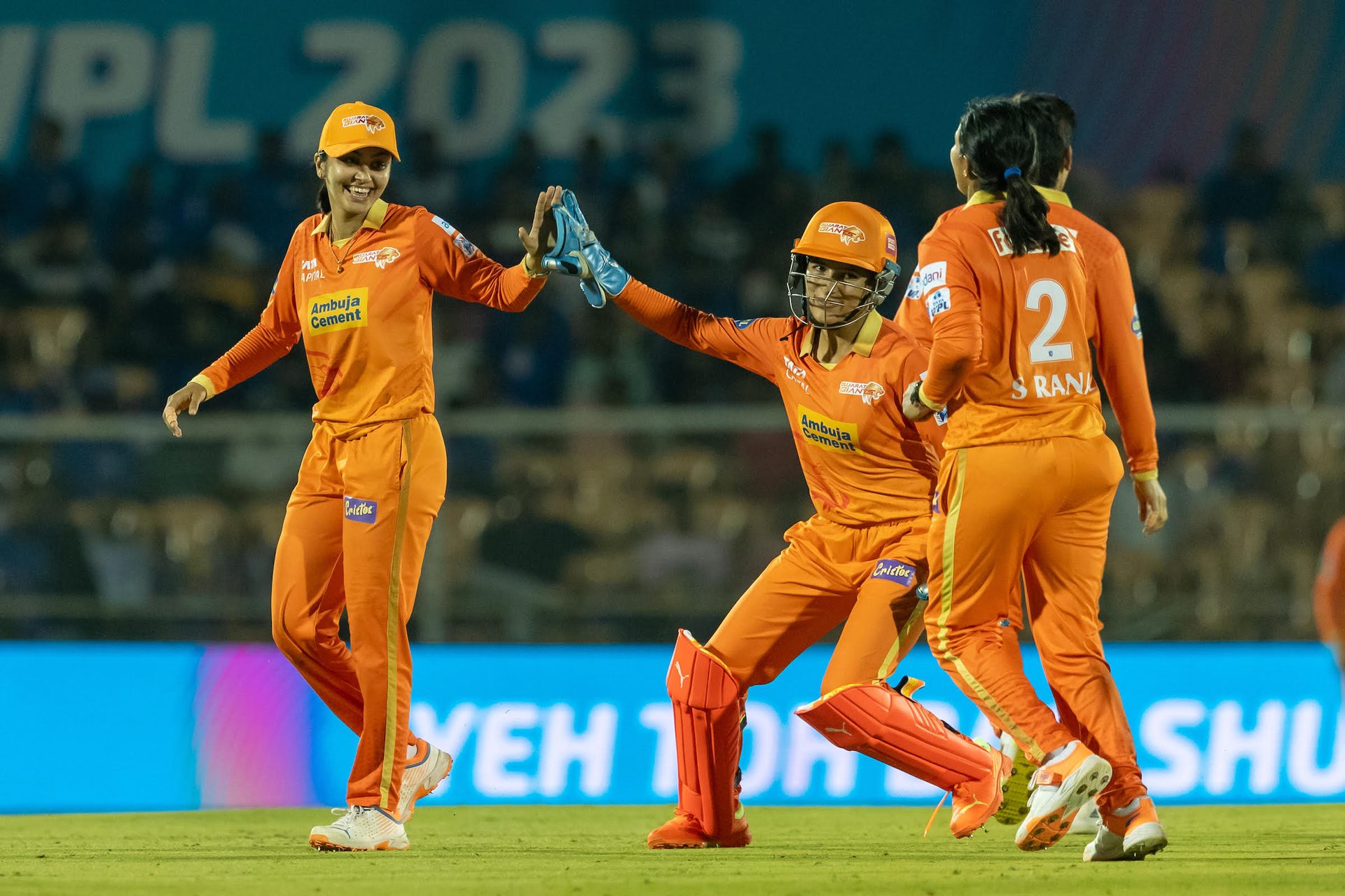
sports
WPL: Batting For Women
The Women’s Premier League has now opened for women the biggest doors yet to a professional career, potential stardom and also a higher aspirational earnings bracket.
Shreya Iyer
I
n recent years, there has been a growing focus on women’s empowerment in India, and sports, particularly cricket, have emerged as a powerful tool to achieve this goal. While cricket has long been a male-dominated sport in India, the past few years have seen a significant rise in the popularity of women’s cricket, thanks in part to the success of the Indian women’s cricket team.
The Women’s Premier League has now opened for women the biggest doors yet to a professional career, potential stardom and also a higher aspirational earnings bracket, as evidenced by the bid levels at the first-ever player auction ahead of the 2023 WPL where all the five franchises confirmed their squads.
As ex-India captain Mithali Raj, mentor and advisor to Adani Sportsline’s Gujarat Giants, put it: “From international to domestic, U-19 and even uncapped players, I’m thrilled to have on board a blend of players from various walks of life and we all are excited to see how all the players come together and carve a niche for ourselves.”
The benefits of empowering women through sport do not end with earnings or recognition. Sport, and cricket in particular, can function as a vital platform for women to showcase their skills, to challenge gender stereotypes, and to inspire other women to follow their dreams. By breaking down barriers and challenging traditional gender roles, women’s cricket can empower women both on and off the field.
Cricket can also provide opportunities for women to develop leadership skills, teamwork, and resilience. Through the challenges and successes of the game, women can learn to work together, to take on leadership roles, and to develop the confidence and resilience needed to succeed in any aspect of their lives.
Moreover, cricket can provide a means for women to gain greater financial independence. With the rise of professional women’s cricket, women can now earn a living from the sport, providing a much-needed source of income for themselves and their families.
However, there are still many challenges that need to be addressed to fully harness the potential of women’s cricket in India. For instance, there is a need for greater investment in women’s cricket, including infrastructure, coaching, and resources. There is also a need for greater visibility and coverage of women’s cricket, both in the media and in the public consciousness.
Today, high-profile women’s sporting events like the Women’s Premier League have the potential to be powerful drivers for women’s empowerment in India. By providing opportunities for women to develop their skills, leadership abilities, and financial independence, leagues like the WPL can help to break down gender barriers and empower women both on and off the field. As we look towards a more equitable and inclusive society, sport can play a vital role in achieving this vision for women.


The Wonder
Women Of Agriculture
Newsmakers
Adani Foundation
Satyavratsinh Jadeja & Arpita Vadgama
E
very year on International Women’s Day, the Adani Foundation shortlists a few women who have made a difference in their lives and the lives of the people around them and showcases their stories in a video format under the campaign ‘a-rising’. This year, the theme on which the Adani Foundation focused was the female farmers of India. The Foundation team shortlisted four names and deployed video teams to capture their unique stories of empowerment.
The four women from remote areas near Mundra (Gujarat), Kawai (Rajasthan), Kattupalli (Tamil Nadu) and Tiroda (Maharashtra) were featured in four short videos, each highlighting their struggle and empowerment.
behind the scenes
Stories Of Goodness
The Brief
The briefing came around the first week of February, almost a month before the actual release of the films. It mentioned that four women have been identified from different parts of the country and each of their extraordinary stories was described in a summary form. The brief was to create four individual videos on these wonder women and one master video incorporating the stories of them all.
The Result
The films were up and ready well before the deadline and started being circulated via WhatsApp, LinkedIn, YouTube, Instagram, Facebook and Twitter for the external stakeholders’ viewing while for the employees, these were also accessible via a link shared through an emailer. The overall response for all the videos was phenomenal and gave the group a much-needed boost of positivity.
The Filming
Two teams, each comprising 4 members travelled to two different locations, met these women, their family, with the help of the Foundation’s ground level social community outreach executives and shot extensively for 2-3 days. Different geographical conditions, the language barrier and excruciatingly long travel time made things a little challenging, but worth the while.
Geetaben Jethva
Mangra Village, Mundra, Kutch (Gujarat)
Geetaben Jethva’s husband was Kutch district’s first Dragonfruit cultivator. But after his sudden death she became the sole breadwinner and had to take care of her five children, aging in-laws and a sprawling farmland. The Adani Foundation’s training on natural farming, animal husbandry, making vermicompost and drip irrigation helped to make Geetaben self-reliant. She got her three daughters married, while her son is studying agriculture in Anand and her youngest daughter helps her on the farm.
M Kalpana
Ramanathapuram, Thiruvallur (Tamil Nadu)
M Kalpana was a coolie worker who has now become a role model for organic farming in Ramanathapuram village and nearby villages. She has motivated 300 farmers, leading to 300 acres of land converted to natural farming which is promoted jointly by Adani Foundation and Department of Rural Development, Government of Tamil Nadu.
Savita Rewatkar
Garada Tola, Tiroda (Maharashtra)
Savita Rewatkar is an indomitable lady farmer – she is a small farmer but very keen to adopt new agricultural practices. She has 4 family members, since her husband is differently abled, she is responsible for the entire household and farm. Agriculture is the main source of income to sustain her family. In her 6 acre land, she mainly grows paddy, turmeric, and vegetables.
Sajna Bai Meena
Amapura Village, Kawai (Rajasthan)
Sajna bai Meena’s life came crashing down when her husband suddenly passed away leaving her with seven children and huge debts. After much persuasion by the Adani Foundation she took their help and started afresh. They provided her with 70 saplings and seeds and trained her in animal husbandry and artificial insemination. From growing various fruits, vegetables and crops to selling milk to the village diary, she became financially secure and paid off her husband’s debts.

entertainment
Indian Names Shine Bright At World Cinema’s Most Celebrated Night
From awards to sartorial choices, Oscars 2023 celebrated Indian artistes and filmmakers in all its glory.
Shreya Iyer
It was a proud moment for Indians at the 95th Academy Awards, recently held in Los Angeles, United States. As we waited with bated breath, Telugu superhit film RRR’s Naatu Naatu and The Elephant Whisperer directed by Kartiki Gonsalves and produced by Guneet Monga, brought home the Oscars under the ‘Best Original Song’ and ‘Best Documentary Short,’ respectively. Actor-producer-entrepreneur Deepika Padukone was one of the presenters at the awards ceremony, becoming the third Indian to present an Oscar after Persis Khambatta and Priyanka Chopra.
The stage at Hollywood’s Dolby Theatre, the home ground for the Oscars, was set on fire with an electrifying dance number on the foot-thumping number Naatu Naatu. The song was performed by singers Rahul Sipligunj and Kaala Bhairava and Deepika Padukone introduced the scintillating performance.
Bringing the spotlight back on India once again, Naatu Naatu music composer MM Keeravaani, said that growing up he would often listen to ‘The Carpenters’ and now he’s thrilled to be receiving an Oscar. Lyricist Chandrabose accompanied Keeravaani on the stage to receive the award.
The Elephant Whisperers director Kartiki Gonsalves and producer Guneet Monga took the centre stage to accept the coveted award. Gonsalves gave a heartwarming speech and spoke about the motivations behind the film. The duo dedicated the award to India.
During her acceptance speech, she said, “I stand here today to speak on the sacred bond between us and our natural world. For the respect of indigenous communities. For entity towards other living beings, we share our space with. And finally for co-existence.” She also thanked the academy for recognizing their film, her deserving team, the producer, her family, and her motherland, India!
Moments after the announcement, Twitter was flooded with congratulatory wishes from all corners wishing the winners.
While Indian artists were celebrated for their stupendous victory at the Oscars, their sartorial choices spoke equally louder. Be it Deepika Padukone’s custom-made Louis Vuitton couture and Cartier jewellery, RRR fame Jr. NTR’s tiger motif bandhgala, Kartiki Gonsalves custom-made gown with motifs that bespoke of India’s rich cultural heritage to Mindy Kaling’s sublime yet gorgeous white gown to Upasana Kamineni Konidela’s chic ivory saree and Lilly Singh’s fuchsia tuxedo, Indian celebrities not just left a mark on the stage but on this year’s beige carpet as well and how!
Certainly, the much-awaited awards ceremony was totally worth the wait!
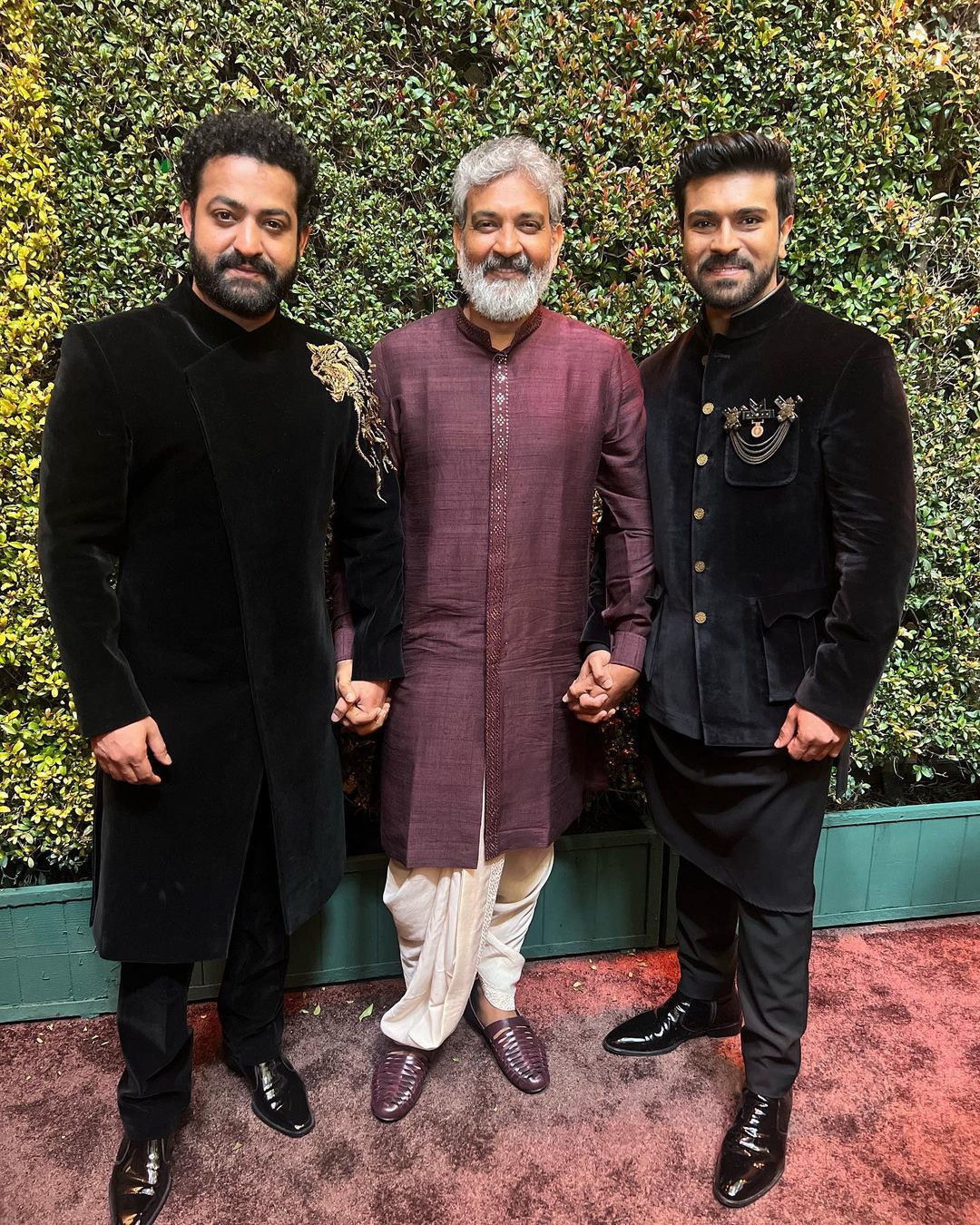
lifestyle
Spruce up your homes this Spring
Juhi Chakraborty
T
he dark, cold and gloomy Winter spell is over, and Spring is here. This is an indication that all those winter décor needs to make an exit like right away. This also means that it is the right time for a refresh for your homes. Sunnier days are finally here and so is the time to brighten up your home decor, just in time for Spring!
Flower Power
As the saying goes, “Where Flowers Bloom, So Does Hope,” this is the right time to get your vases out of the cupboards and make the most of the wonderful blooms that are in season. You can also purchase some colourful glass vases in different shapes and sizes just to add another dimension to the colourful flowers. If you do not have a garden, fret not. You can visit your local flower vendor and purchase the seasonal blooms like transvaal daisies, lilies, carnations, and of course the good old roses. Mix and match with the vases and see the magic happen.
Declutter and Spring Clean
First and foremost, begin by taking time out to reorganize your home. Look at every neglected nook and corner of your home, from kitchen cupboards to closets, to every drawer that you can find. Look for all the items that you aren’t using. Either keep them away in your storerooms or donate anything that you no longer need. This is the right time to follow the Japanese tradition of Seiri, which means to separate the needed from the unneeded materials and to remove the unneeded ones.
Get Nature Inside
You know what is the most cheap and effective way to give your house a fresh, new makeover? It is a no-brainer… Plants of course! Just bring in some potted plants from your balconies and verandahs and see the difference yourself. In an instant, it will enhance your home’s appearance. All those small potted plants can make for great centrepieces for your living room center table, console table or dining table. Keep the larger plants in those empty corners of your house which would immediately lift the ambience. Green is always Good.
Aroma Therapy
If you have done all the above things and are still feeling that something is missing, then the answer is getting your home to smell like Spring. Time to purchase some vanilla, citrus, rose, ylang ylang, and cinnamon scented candles that naturally add a stronger aroma to your home. You can opt for pillar candles, tea light candles, glass jar candles or decoupage candles, which will help you create the perfect springtime scent indoors. And yes, don’t neglect your bathroom.
Colour Me Sunshine and Rainbow
Pack away those dark-hued blankets and upholstery in your homes and get yourself some light, fresh-toned soft furnishings. You can brighten up your space with some spring living room décor. Don’t be shy to add bold, bright colours. Bright-coloured solid or printed curtains, floral printed bedspreads, botanical patterned dining tablecloths and placemats, sofa throws, and decorative pillows will surely do cheerful wonders for your home.


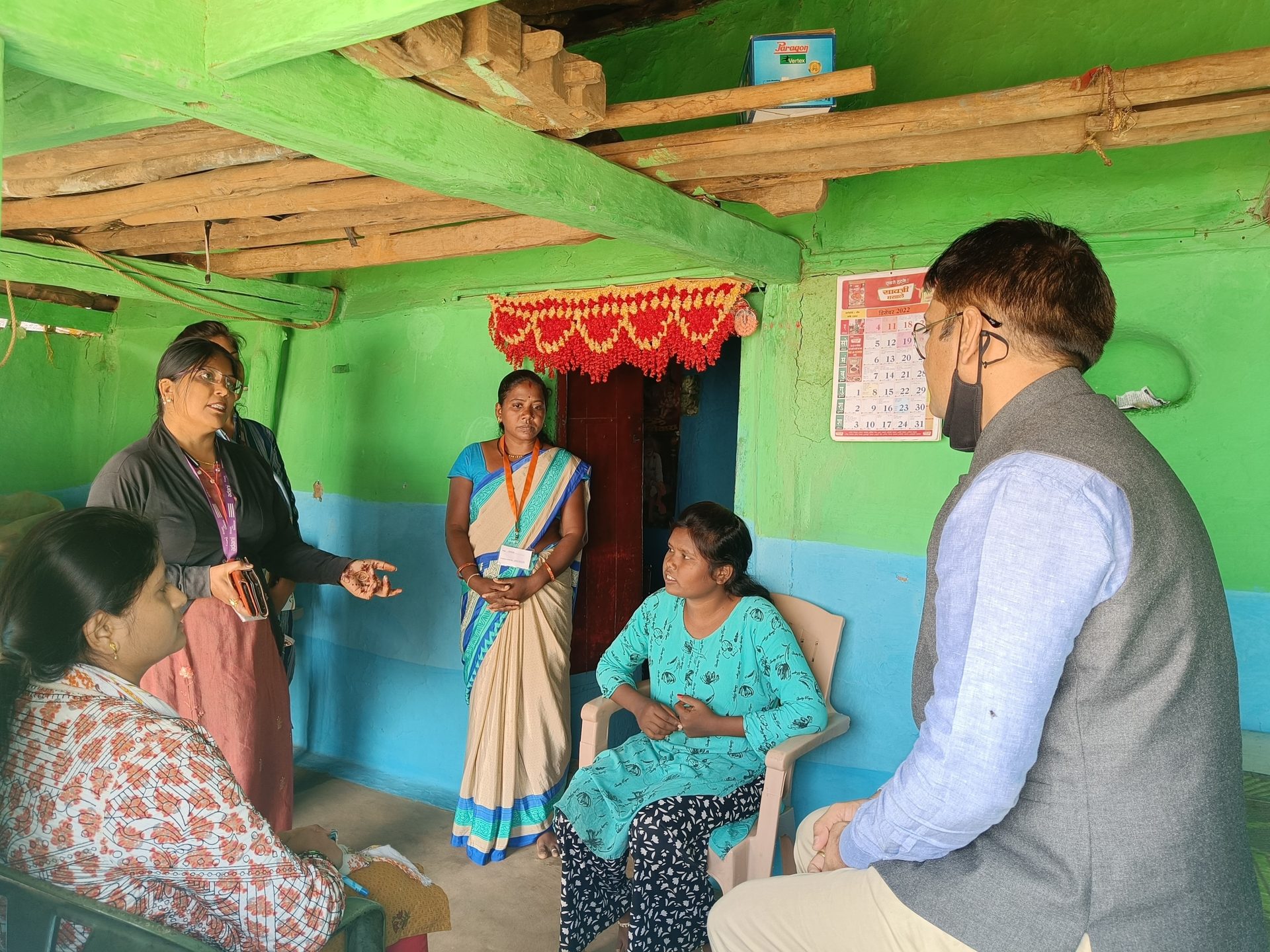
To alleviate malnutrition and anaemia among young girls residing in the rural districts of India, these Bravehearts are working relentlessly and leaving no stone unturned.
These SuPoshan Sanginis Are Nurturing Young Girls In The Hinterland
Newsmakers
Adani Foundation
Shreya Iyer
T
oday, we see women globally breaking the glass ceiling and making commendable progress in various fields. But there are many young girls in the rural and tribal areas in our country who are suffering from anaemia and malnutrition which is making their dreams of making it big, even more difficult.
With an aim to create awareness regarding these health conditions, the Adani Foundation’s SuPoshan Project has been relentlessly working with children under 5 years, young girls and women of reproductive age, across 20 rural districts in India.
These issues are addressed and handled by SuPoshan Sanginis – village health volunteers – who play an important role in raising awareness about health and nutrition, referring severely malnourished children, promoting backyard nutri-garden, and encouraging behavioural change within the project’s target populations.
However, things on the field are not always easy for these Sanginis. Financial constraints, social stigma, and taboos are some of the challenges that they face regularly. During a routine home visit, Sumitra Botre, 35, a SuPoshan Sangini, came across 19-year-old Karishma Kishanrao Raut who looked pale and was underweight residing in Sarra village in Nagpur. But her parents were not ready to spend money on her treatment as they had already spent a lot on it earlier. “Lack of financial support and awareness are often the toughest challenges that we have to overcome regularly to ensure that the young girls get the right treatment at the right time,” says Ms Botre.
She further adds, “After regularly counselling the family for over 3-4 months by our team of Suposhan Sanginis, Karishma not only started getting the right treatment she showed tremendous improvements as well. The family continues with regular follow-ups and counselling sessions.”
It is not always the lack of awareness but also difficulty in getting through to the parents which becomes the tougher challenge. Another Sangini, Kalavatiben Vasava, 28, shares, “During a group discussion with adolescent girls, I came across 21-year-old Amita Nandod from Bhuchhad village, Gujarat, who would constantly feel lethargic. After conducting a few tests at the local health center, it was revealed that her haemoglobin levels were critically low. Amita’s parents were laborers and her father had severe substance abuse issues due to which making the parents understand the severity of the issue became a big task for us.”
So, she decided to help Amita by educating her on different food groups that can increase her haemoglobin levels whilst also educating her on how to prepare nutritious meals with locally available ingredients. “These small steps helped Amita to get better and healthier. Now, even her parents are happy with the results and the efforts put in by our team and Amita,” she adds.
“As a Sangini we face many challenges and hurdles on a daily basis, but when we are able to help a family, more importantly, a young girl, we feel truly blessed,” echoes both Sumitra and Kalavatiben. Since the initiative’s inception in 2016, over 500 SuPoshan Sanginis have joined the program, and their timely intervention has supported thousands of young adolescent girls across locations.
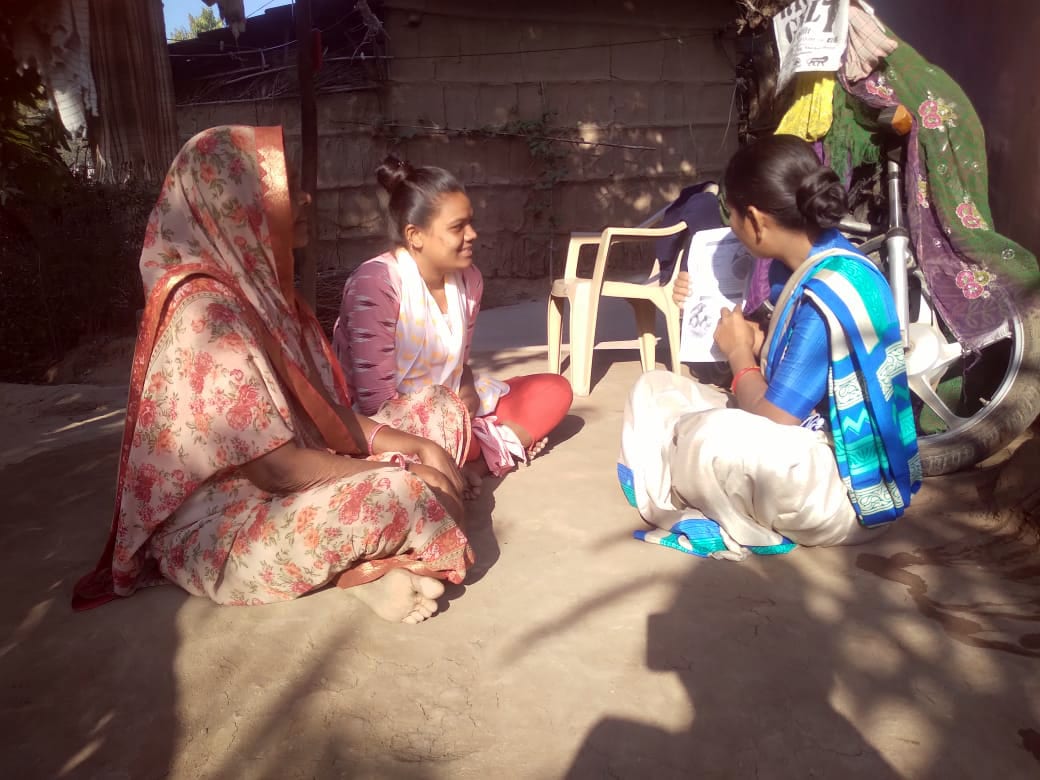
International Women’s Day
Adani celebrates HER might and talents
happenings

On International Women’s Day, the Adani Group saluted the spirit of its female task force through a series of activities hosted for its female employees. An event was hosted at Adani Corporate House in Ahmedabad adorned with some amazing performances by the female employees. The event featured inspiring speakers including Ashish Rajvanshi, CEO, Adani Defence & Aerospace, Priyanka Gulati, Partner at Grant Thornton, and Bhavna Toor, Founder and CEO, Shenomics.

your corner
Let the creativity in you manifest itself through your paintings, photographs or sketches. Send in your paintings/coloured sketches/photographs to connect@adani.com
Please do not forget to attach your name, department, business and location along with your entry.
A fascinating palace of 900+ windows
Anshuman Gunjan
Corporate Brand Custodian

Let your dreams take flight
Ravish Sundriyal
Adani Digital Labs

‘Don’t be afraid to be different’
Michael Jackson
Riya Joseph
Adani Digital Labs

Home is where the anchor drops
Rishikant Anchan
Business Development
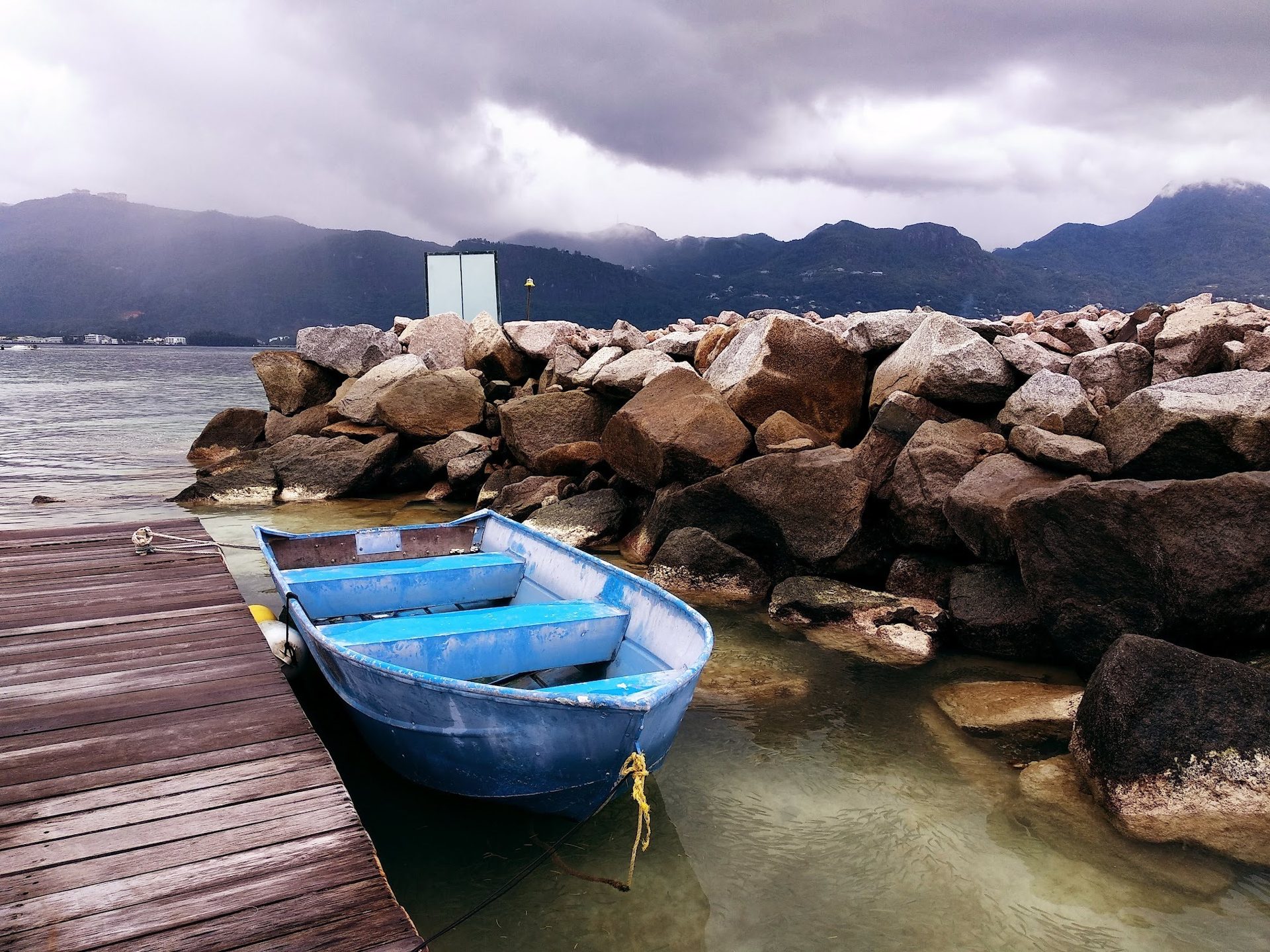

We’d love to
hear from you!
a-connect is your magazine.
As we strive towards excellence, we value your inputs. We are committed to providing informative and engaging content in a-connect. We believe your insights and feedback are crucial to achieving this goal.
We want to know what you liked, what you did not, and how we can improve. We would love to hear from you on what more we must cover, explore or highlight in a-connect. Are we missing something? Is there a particular topic that you would like to learn more about? Are there any trends that you would like us to explore?
Your suggestions will help us to deliver the content most relevant to you.Please connect with us. We will publish a selection of the comments we receive.


